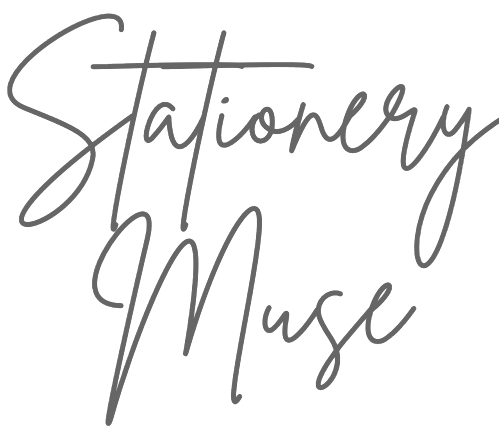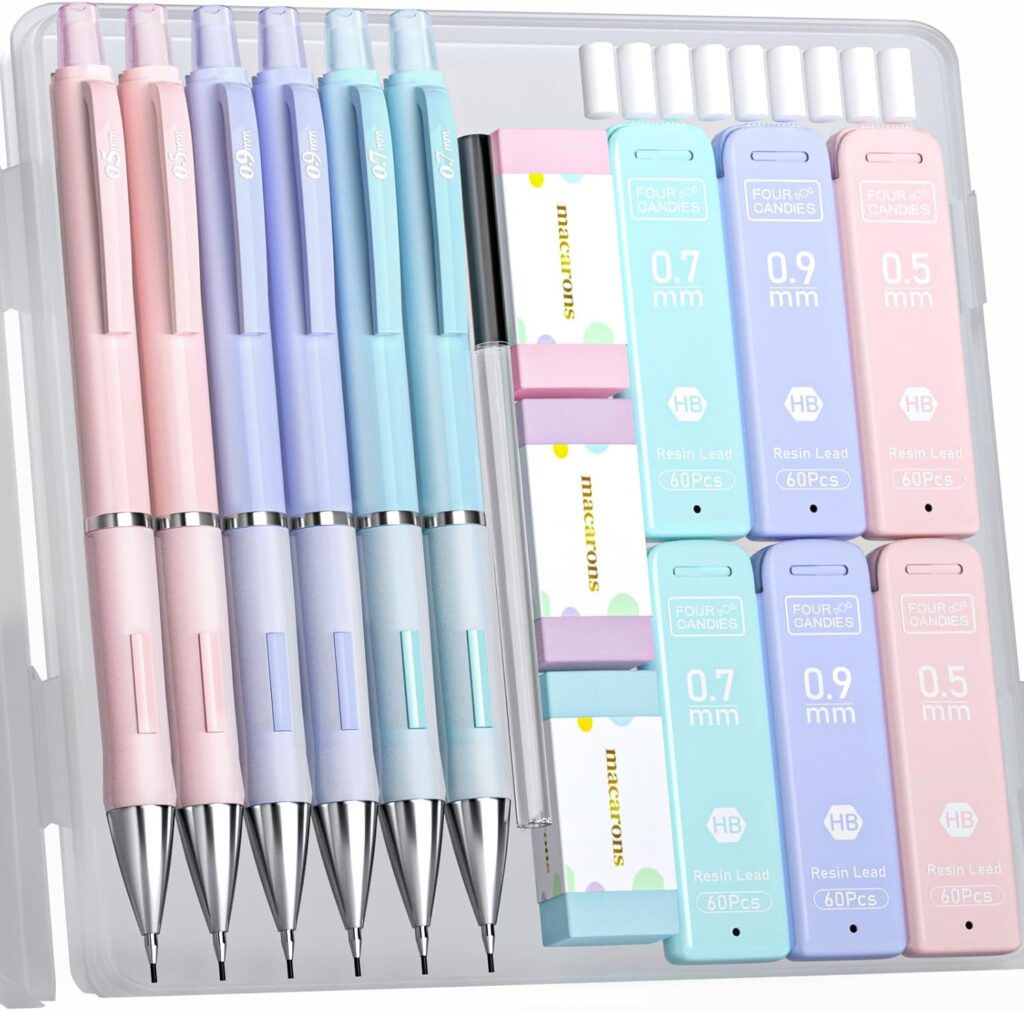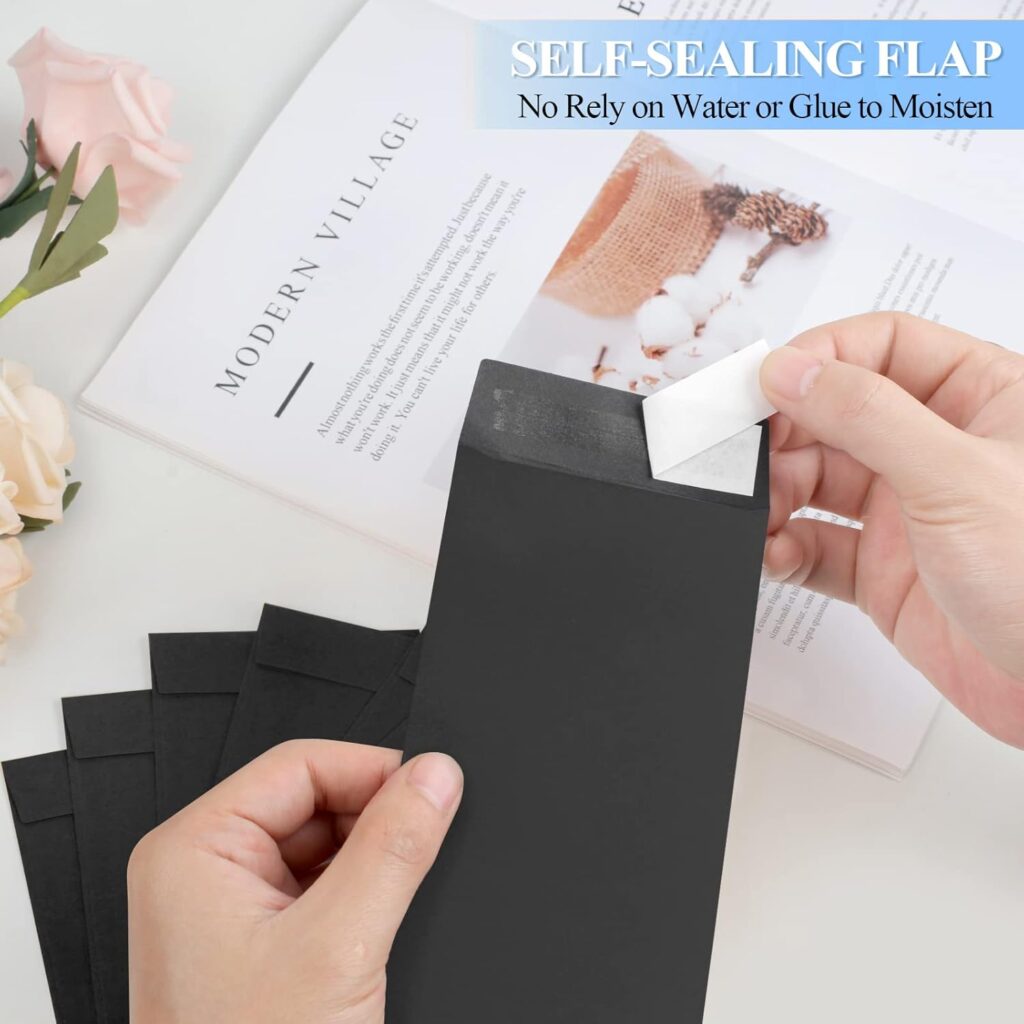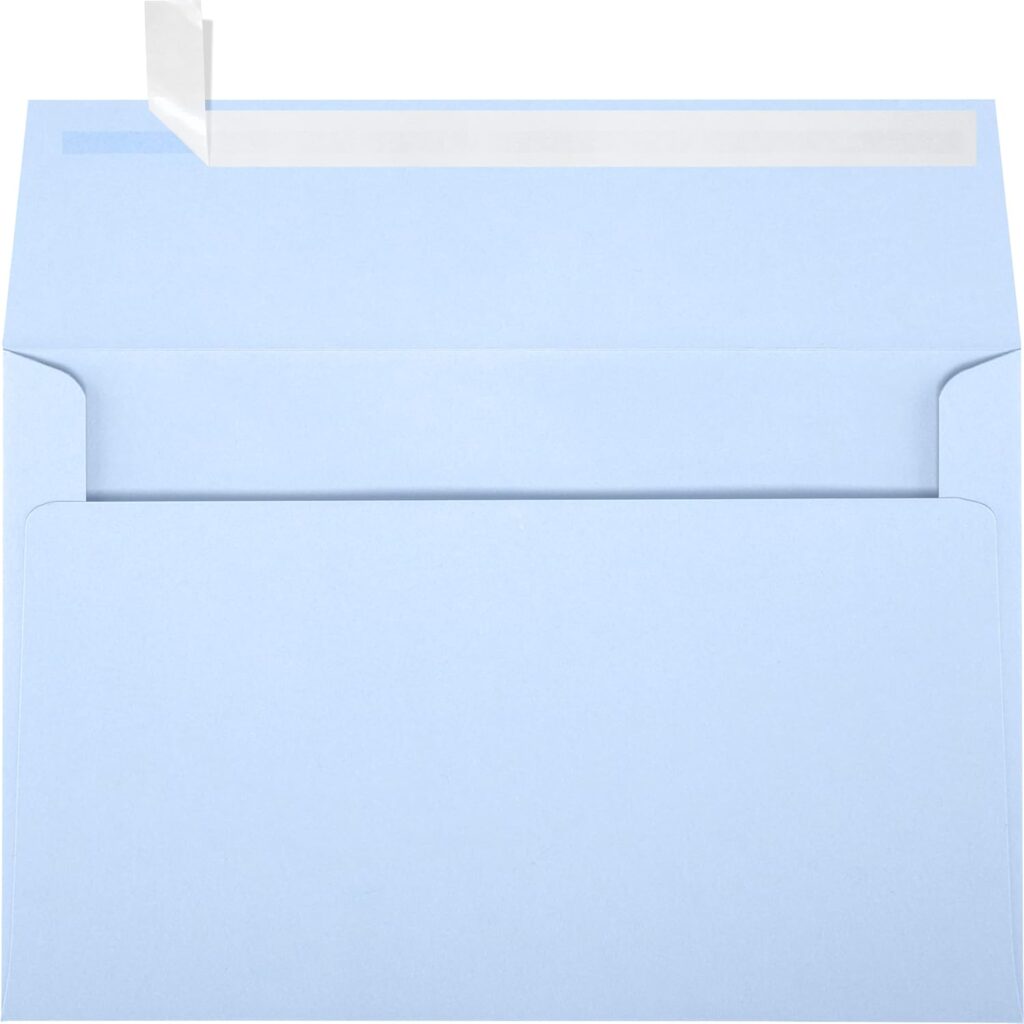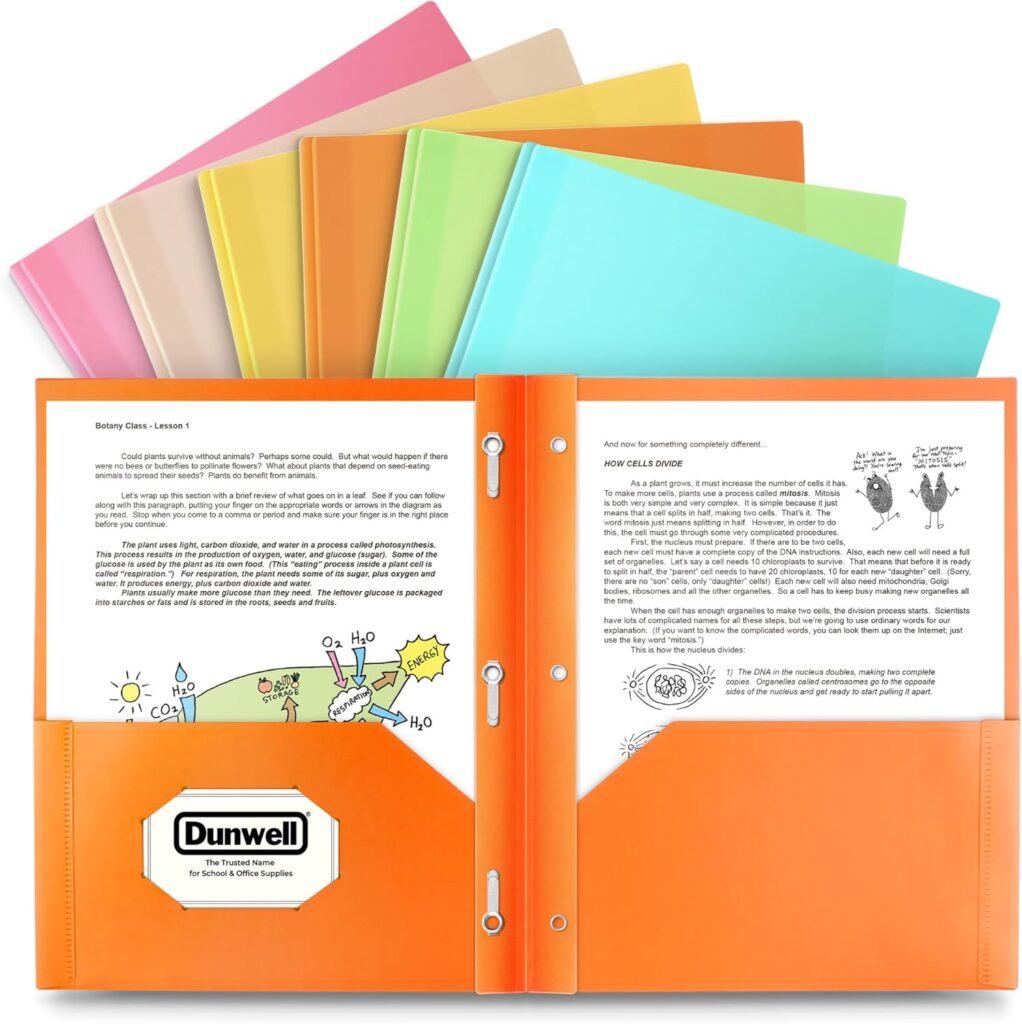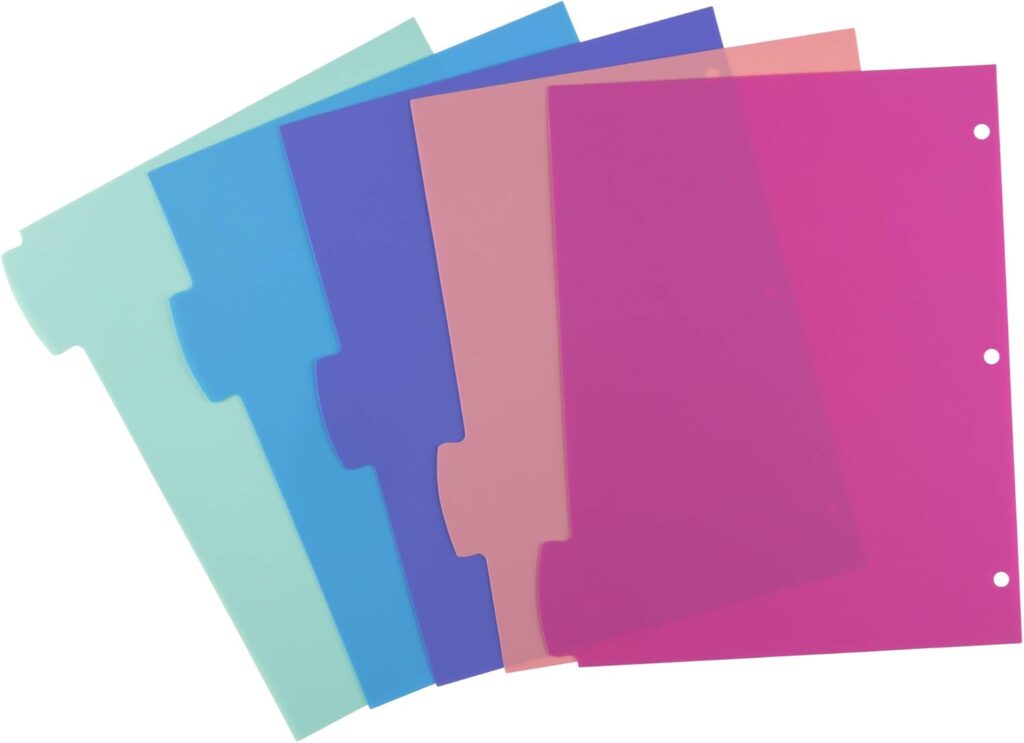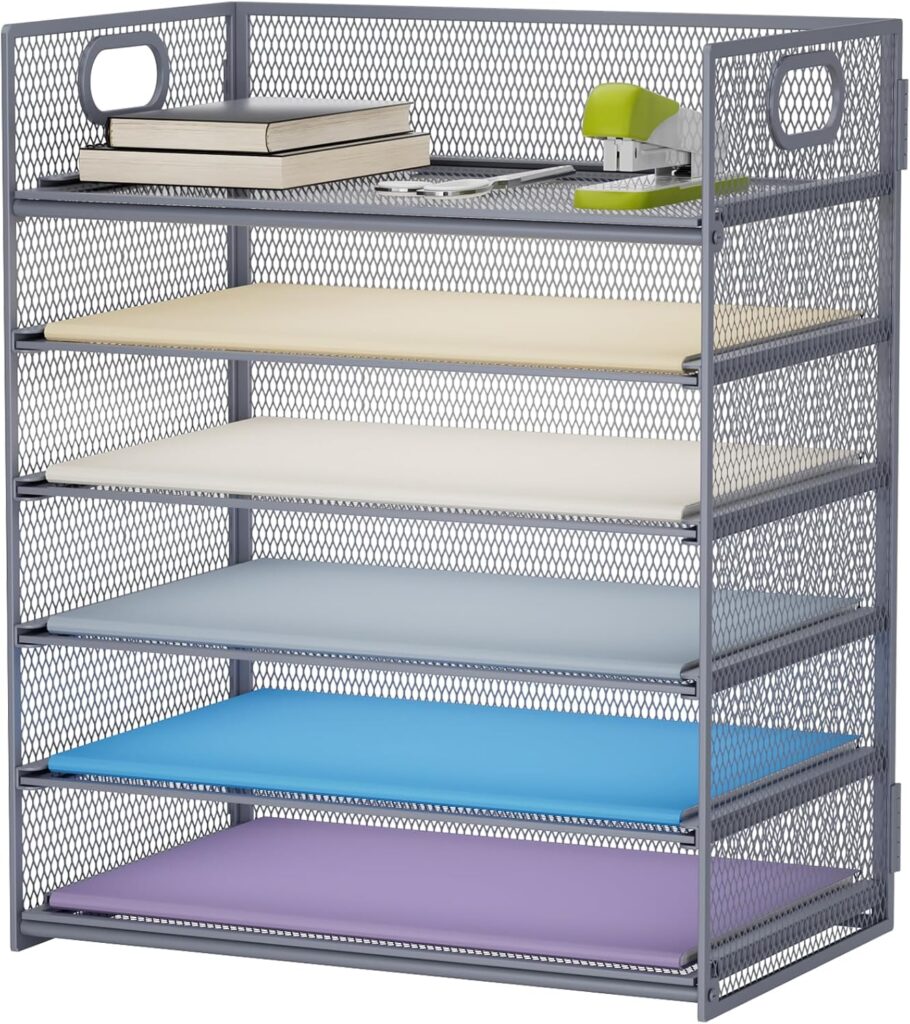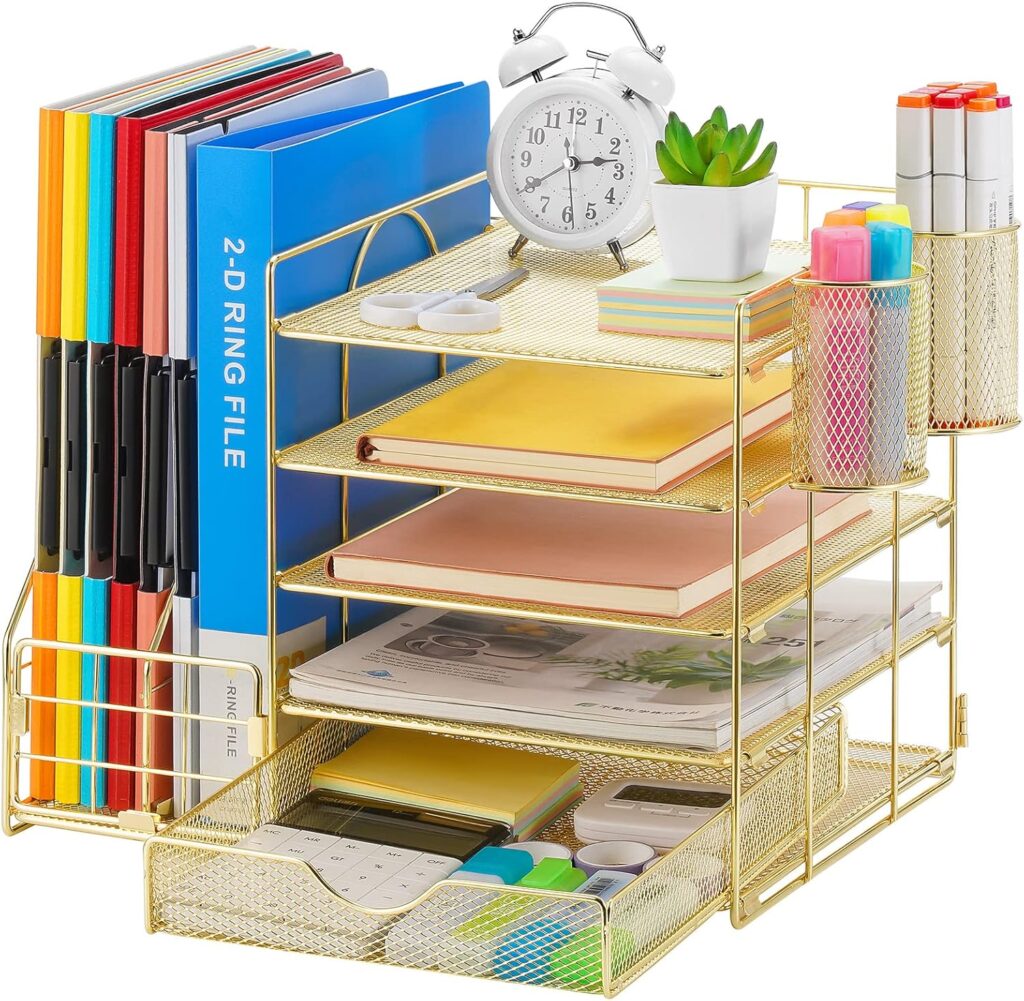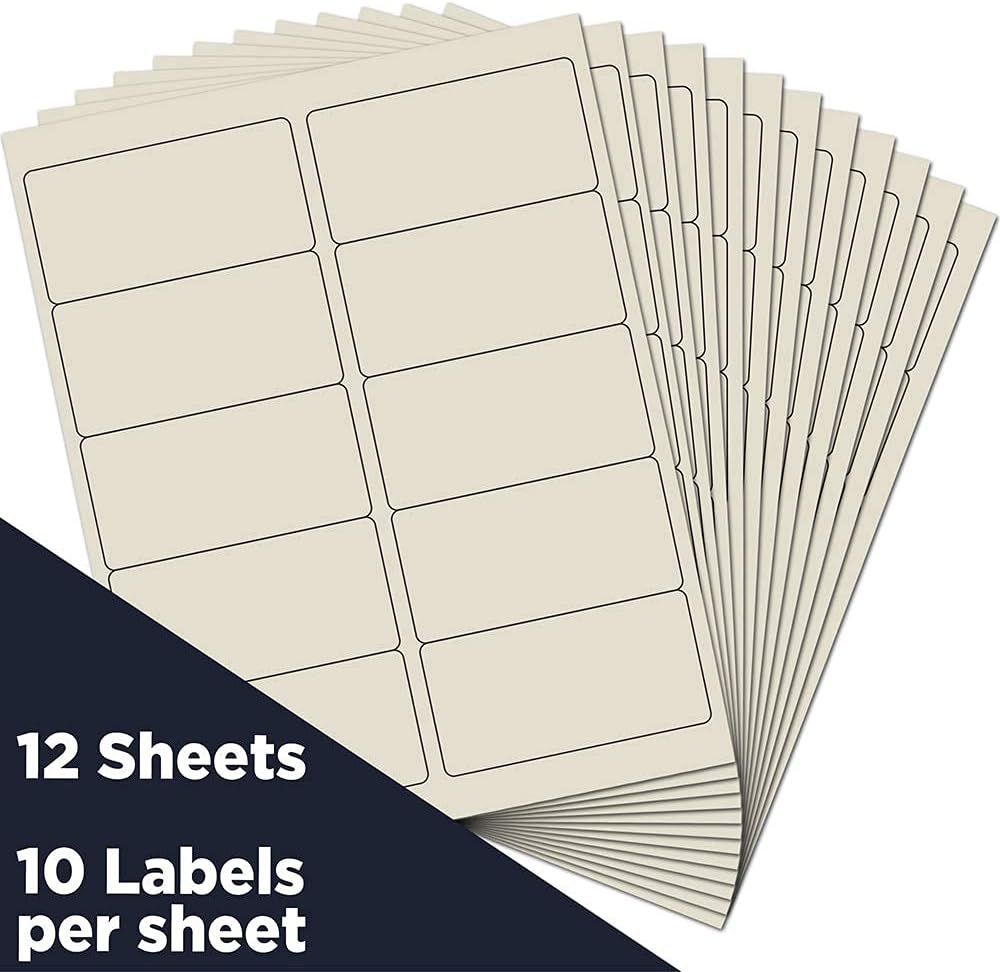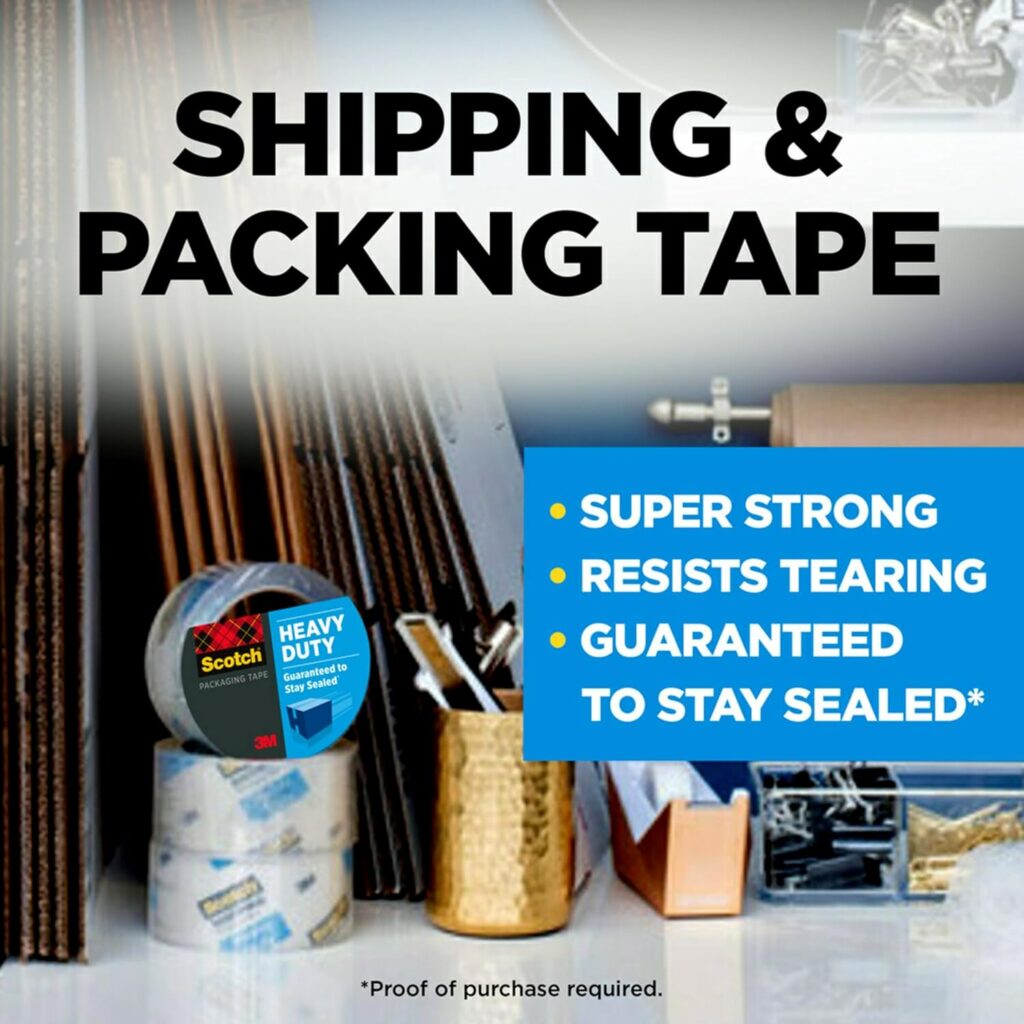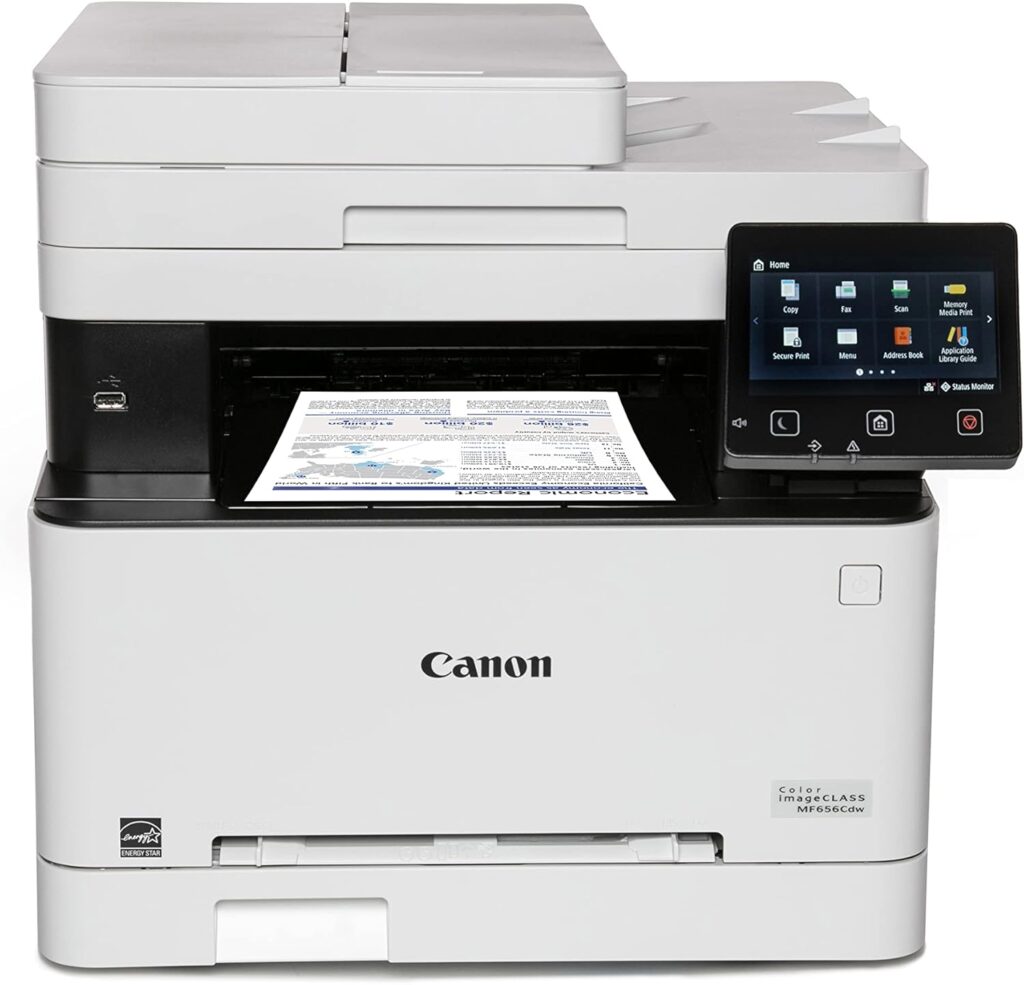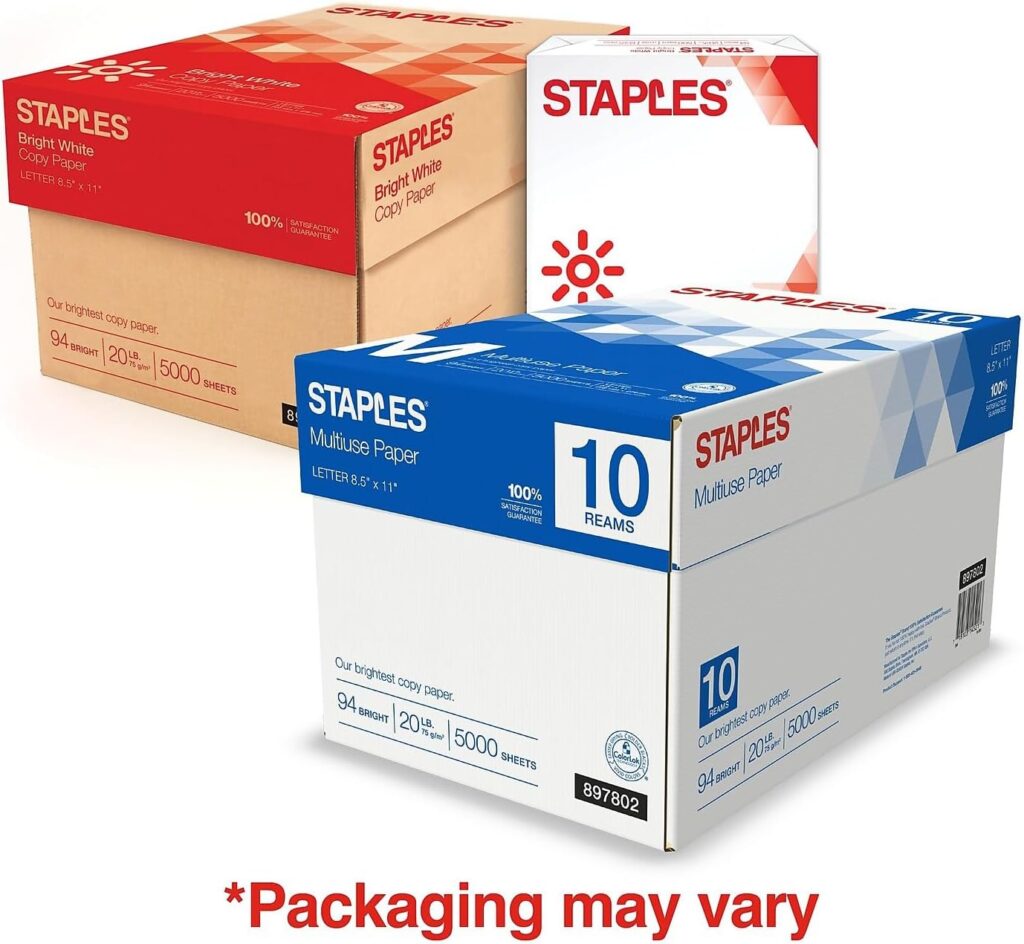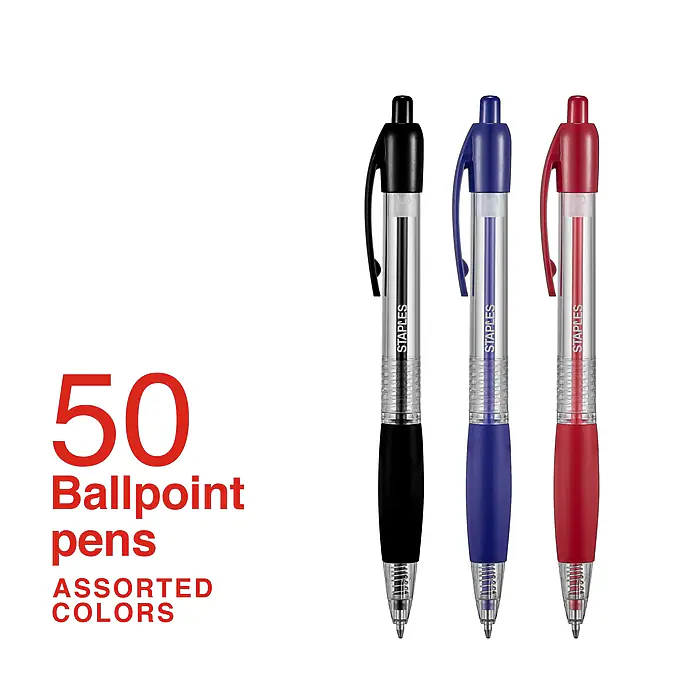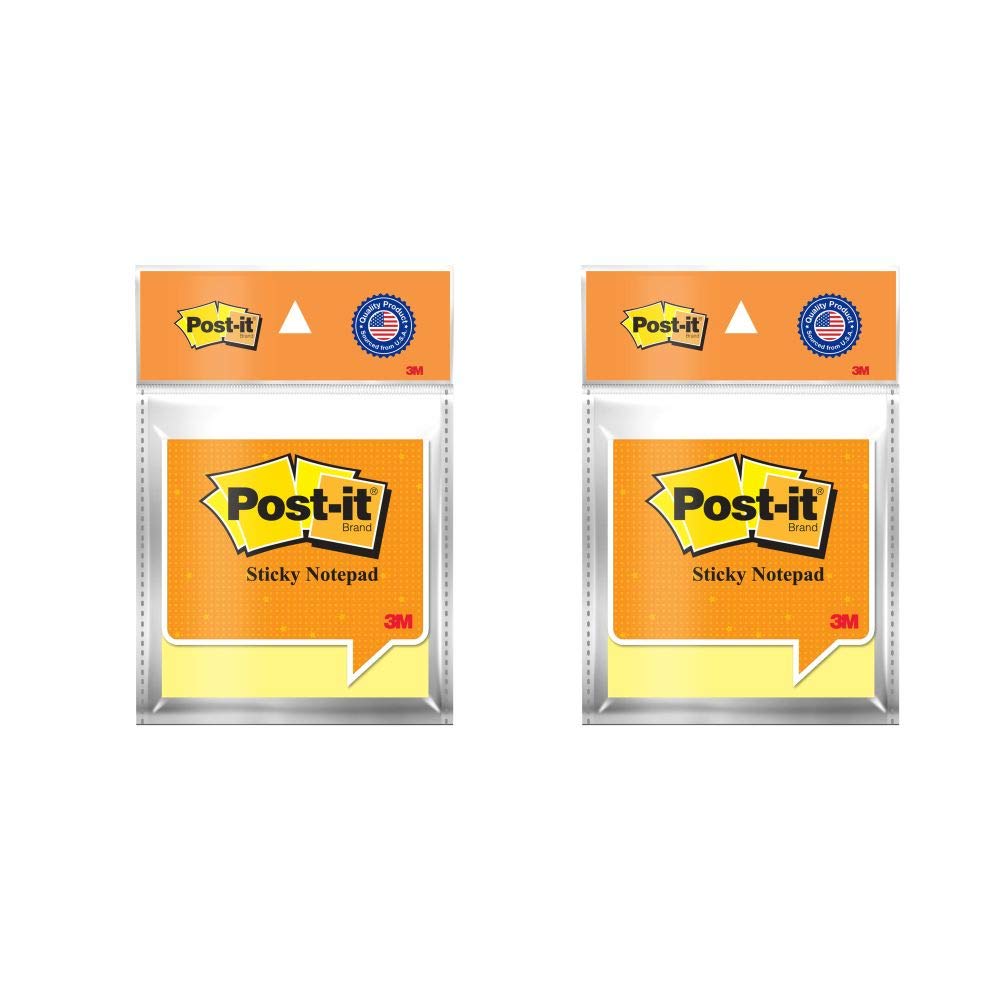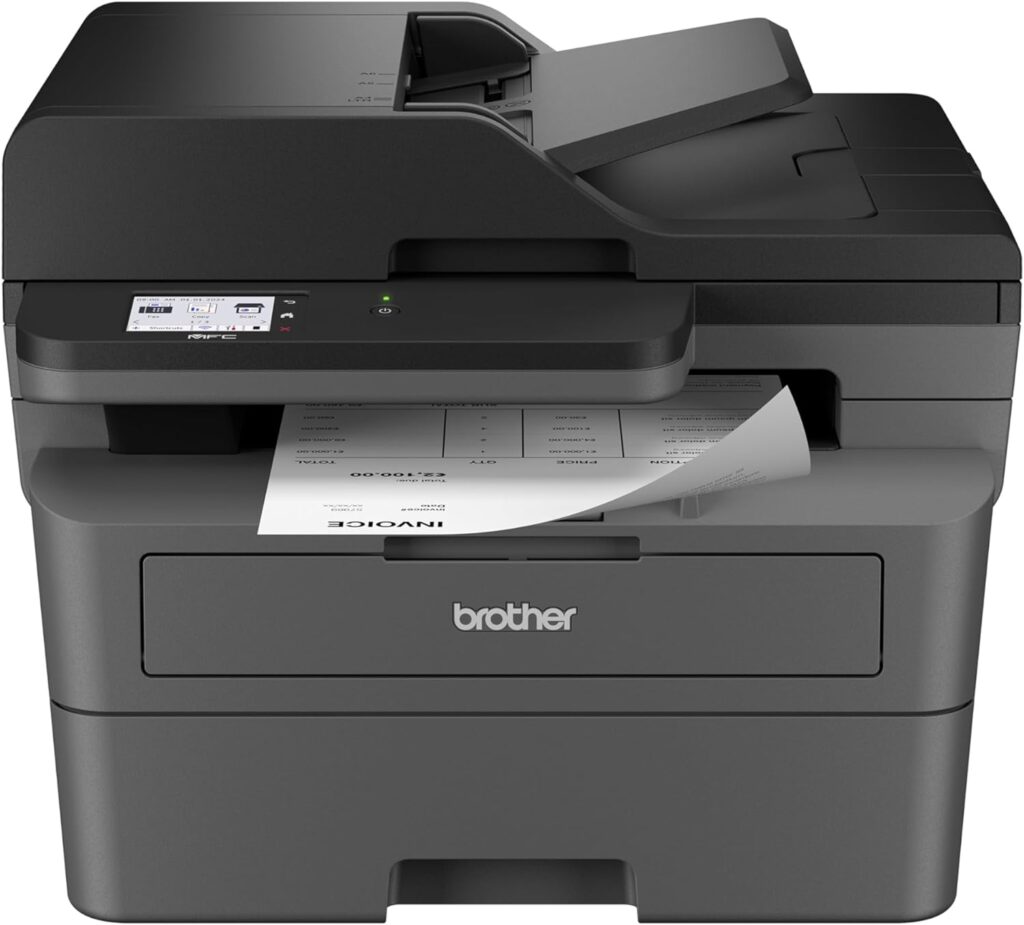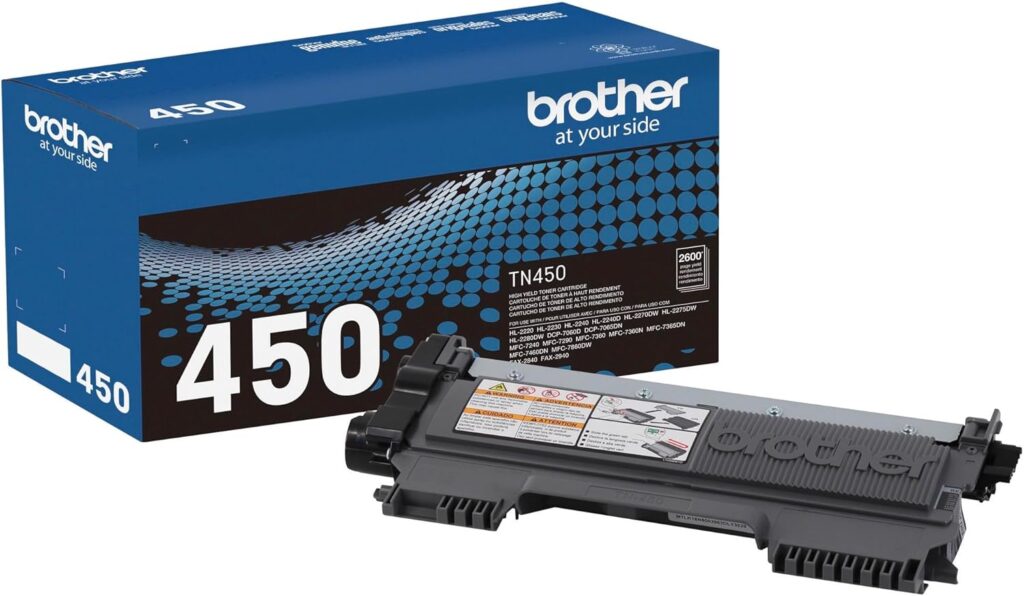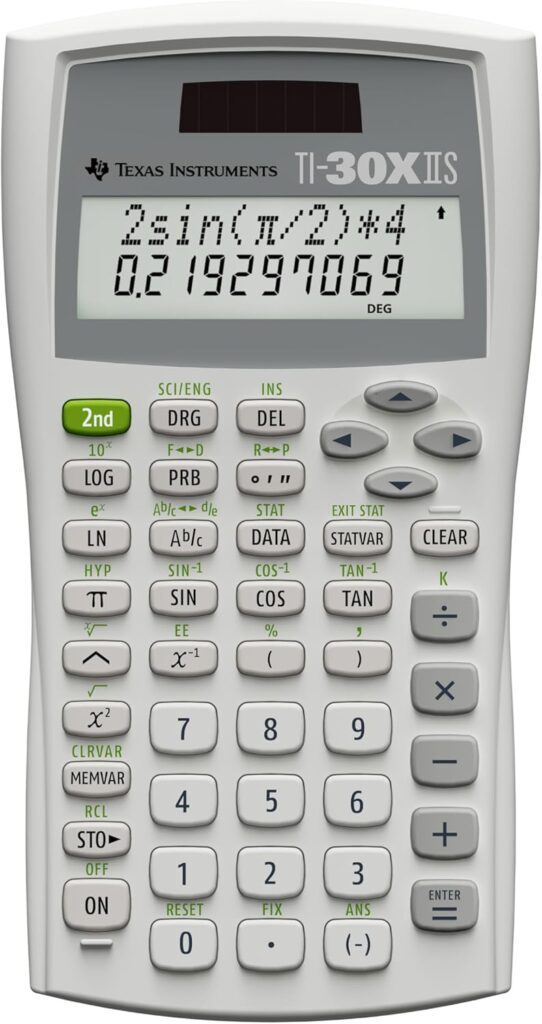Stationery office supplies are the backbone of any successful business. Without them, even the simplest of tasks can become cumbersome and inefficient. From writing tools to organizational products, having the right stationery office supplies helps every employee do their best work. This guide will explain everything about stationery office supplies, why they matter, and how to make a good office stationery supplies list.
Want to transform your workspace with cute and stylish office supplies? Go here for the best picks!
Introduction to Stationery Office Supplies
Stationery office supplies are tools and materials used daily in the office to keep things organized and help employees stay productive. They encompass a wide range of items, including pens, notebooks, staplers, and more. These supplies are essential for various tasks, from simple note-taking to managing complex documentation. A well-stocked office with the right stationery in office makes work easier and helps the company run more smoothly.
Despite the digital transformation, stationery office supplies still hold great importance in workplaces. Items like sticky notes and pens provide a tangible way to brainstorm ideas and organize thoughts. Printing paper and folders allow for physical backups of digital documents. Thus, ensuring your office has the right supplies is fundamental to keeping operations smooth and professional.
Why Stationery Office Supplies are Essential for Business Success
Stationery office supplies may seem like small items, but they are essential for everyday office tasks. Here’s why they are essential:
1. Enhanced Productivity
Proper office supplies enable employees to perform their tasks without unnecessary interruptions. For instance, having a constant supply of paper prevents delays in printing essential documents. Similarly, having multiple writing tools at hand ensures employees are always ready to jot down ideas or take notes.
2. Improved Organization
Organizational supplies such as folders, file dividers, and desk trays keep important documents in order. This not only saves time but also minimizes stress, as employees won’t have to search endlessly for a specific file or note.
3. Cost-Effective Operations
Buying stationery office supplies in bulk or from good suppliers can save your business a lot of money over time. Having a consistent stock means you won’t need to make emergency purchases, which can often be more expensive.
4. Professional Appearance
Quality stationery like branded notepads, pens, and folders reflects the professionalism of your company. It can leave a positive impression on clients and business partners, showing that your company values attention to detail.
5. Employee Satisfaction
Providing high-quality stationery supplies can enhance employee satisfaction. For instance, using ergonomic pens or comfortable notebooks can reduce physical strain and make daily tasks more enjoyable.
By knowing the benefits of stationery office supplies, you can choose which items to buy and how to use them properly.
Types of Stationery Office Supplies and Their Uses
Each categories of stationery office supplies, serve a different purpose. Below is an overview of the most common types and their uses:
1. Writing Instruments
Writing instruments are the most basic yet vital office supplies. This category includes pens, pencils, highlighters, markers, and correction tools. Pens are used for signing documents and taking notes, while highlighters and markers are good for marking important text or brainstorming ideas.
2. Paper Products
Paper is a fundamental stationery office supply. Paper products like printing paper, notebooks, sticky notes, and envelopes are used for writing, printing, and quick reminders. It’s important to have different types of paper such as letterheads, A4 sheets, and notepads on hand, .
3. Organization Tools
Organizational tools include items like folders, binders, file dividers, desk trays, and label makers. They help keep documents in order, making it easier to locate and access them when needed. Organizing files also contributes to maintaining a tidy and professional-looking workspace.
4. Desk Accessories
Desk accessories like staplers, paper clips, scissors, and tape dispensers are essential for handling and modifying paper documents. A stapler keeps multiple documents together, and paper clips are good for temporarily grouping papers.
5. Technology and Equipment
Printers, copiers, and shredders are crucial for handling physical documents. While they don’t fall under traditional stationery items, they are essential in any modern office. Printers and copiers enable document production, while shredders ensure the safe disposal of sensitive information.
6. Mailing Supplies
Envelopes, labels, and packaging tape are essential for sending out mail. Mailing supplies like envelopes and labels help send documents and invoices to clients and partners smoothly.
7. Presentation Supplies
Items like whiteboards, presentation boards, and projectors fall under this category. Presentation tools like whiteboards and markers help communicate ideas during meetings and brainstorming sessions. A well-organized presentation can enhance the understanding of complex topics and promote collaboration.
8. Health and Safety Supplies
First aid kits, hand sanitizers, and masks are increasingly being considered essential office supplies. These items contribute to the health and safety of employees, which in turn, boosts overall productivity.
Keeping your office stocked with a full range of stationery office supplies ensures employees have everything they need to work well.
Creating a Detailed List of Office Stationery Supplies
Creating a detailed list of stationery office supplies is a step toward ensuring that your office operates without interruptions. A well-planned list can prevent shortages and reduce unnecessary expenditures. Here’s how you can create an effective office supply list:
1. Assess Your Office’s Needs
First, we need to understand what supplies are needed for each department. The requirements of the finance department, for instance, will differ significantly from those of the marketing team. Conduct a needs assessment by consulting department heads or conducting a survey.
2. Categorize Items Based on Usage
Divide supplies into categories such as daily use, occasional use, and emergency supplies. This will help prioritize purchases and budget allocation.
3. Include Specific Brands and Quantities
Specify preferred brands and the quantity required for each item. For example, instead of just listing “paper,” specify “500 sheets of A4 paper by XYZ brand.”
4. Establish a Reordering System
Set up a system for reordering supplies. You can track supply levels using inventory software or have a staff member monitor them manually.
5. Review and Update Regularly
The list should not remain static. Regularly review and update it based on changes in employee count, project needs, or new product launches.
Sample Office Stationery Supplies List
Here’s a sample office stationery supplies list to give you an idea:
· Writing Instruments:
- Ballpoint pens
- Mechanical pencils
- Highlighters
- Whiteboard markers
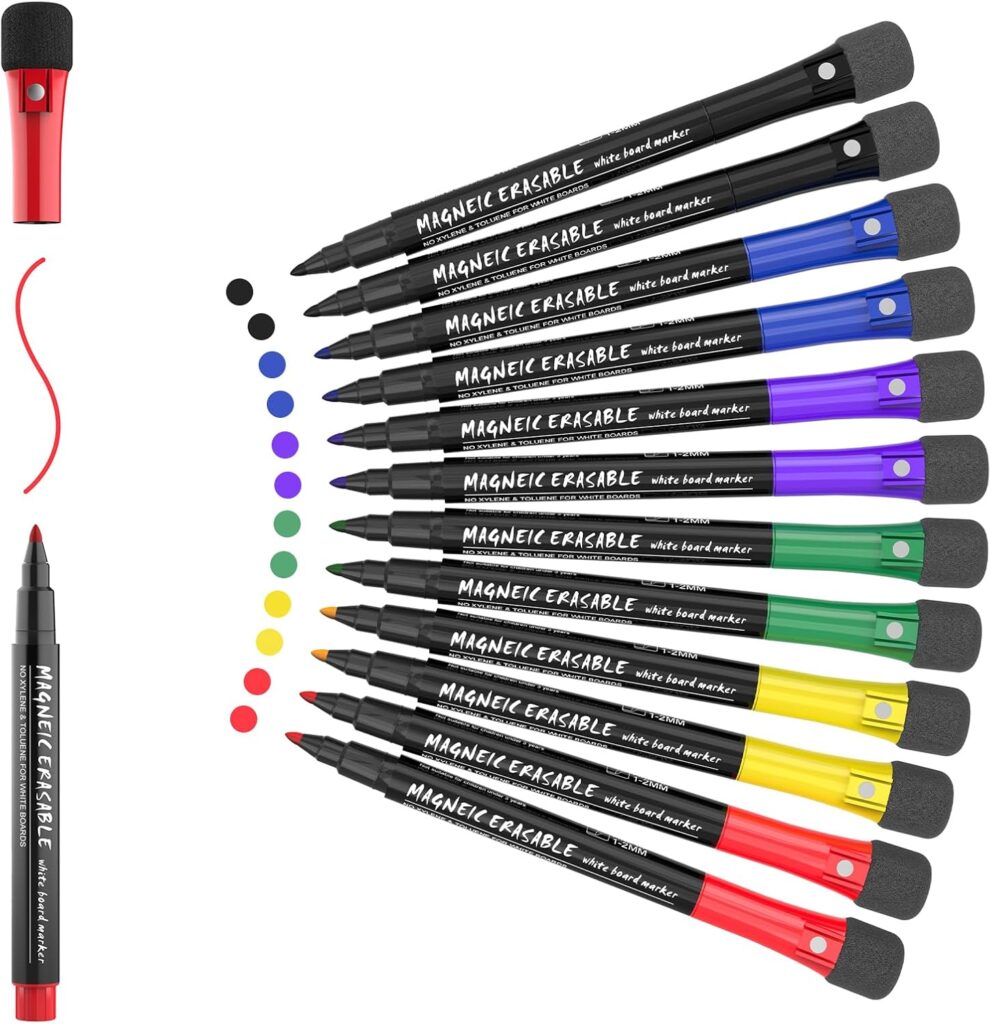
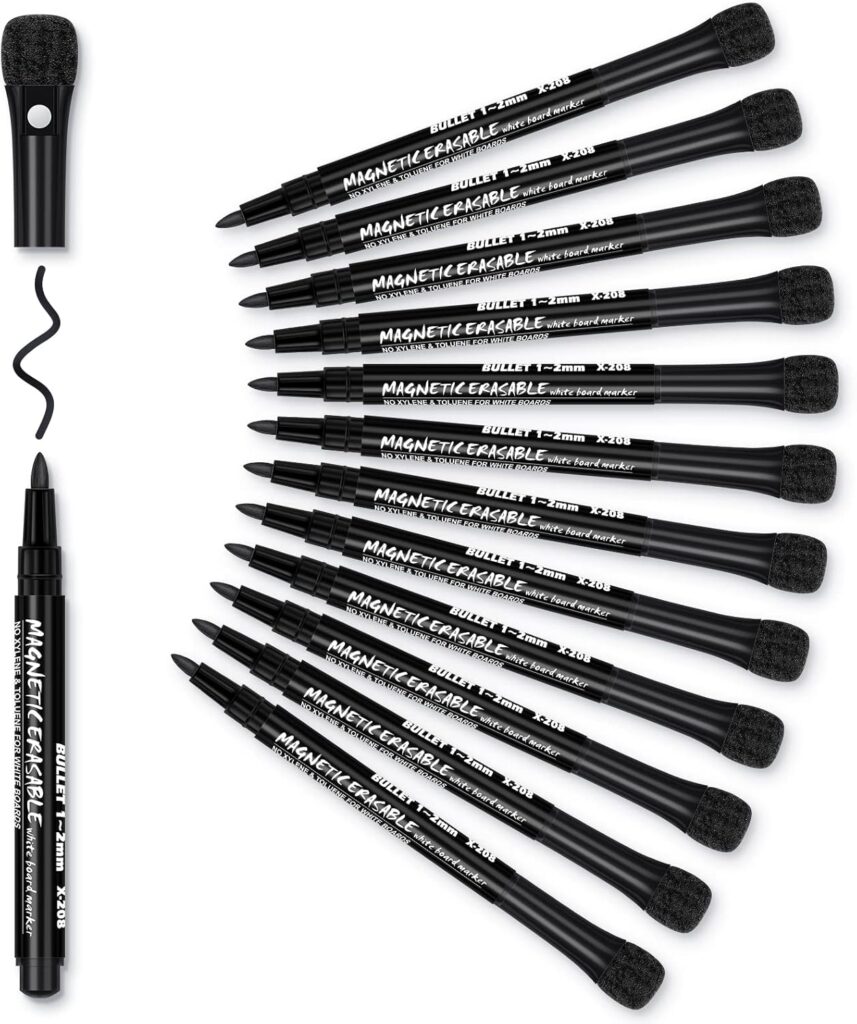
Paper Products:
- A4 printing paper
- Sticky notes
- Envelopes
Organizational Tools:
- Folders
- Binders
- File dividers
- Desk trays
· Desk Accessories:
- Staplers
- Paper clips
- Tape dispensers
- Scissors

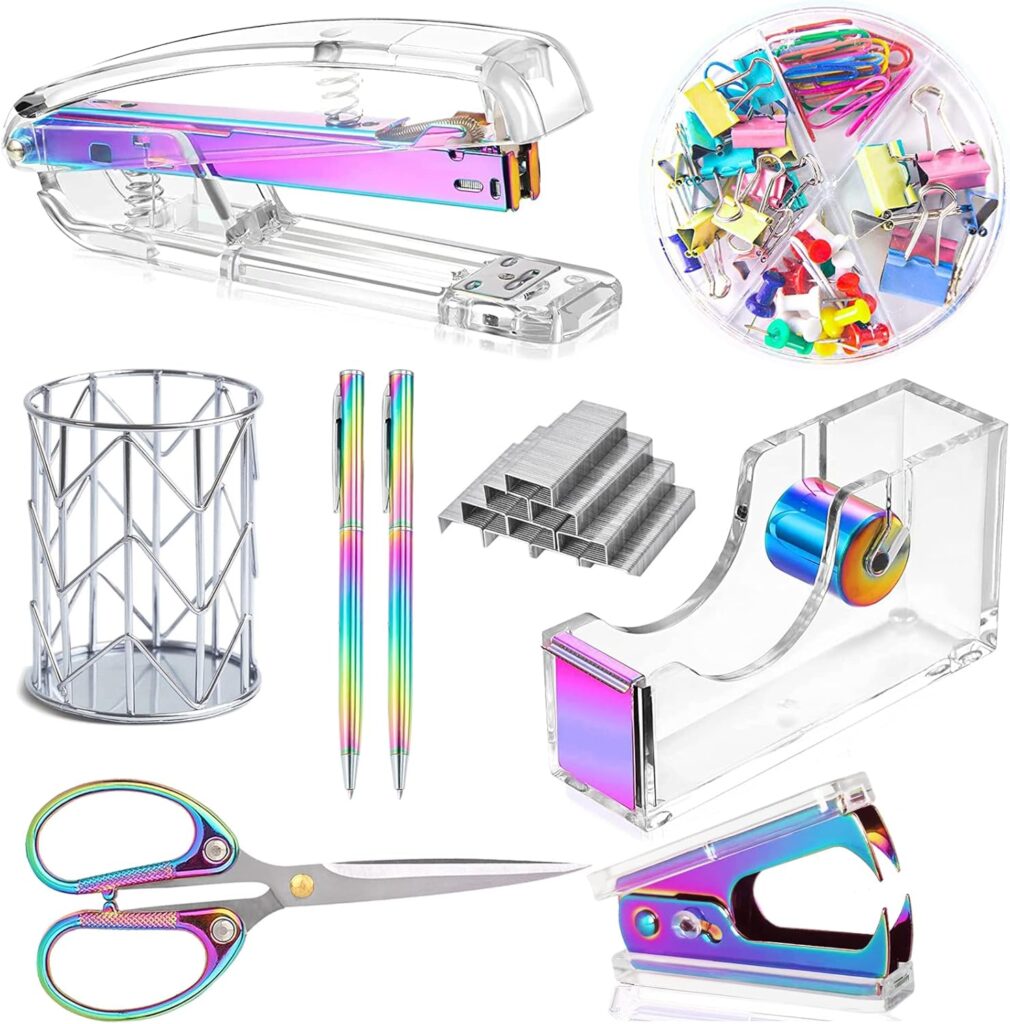
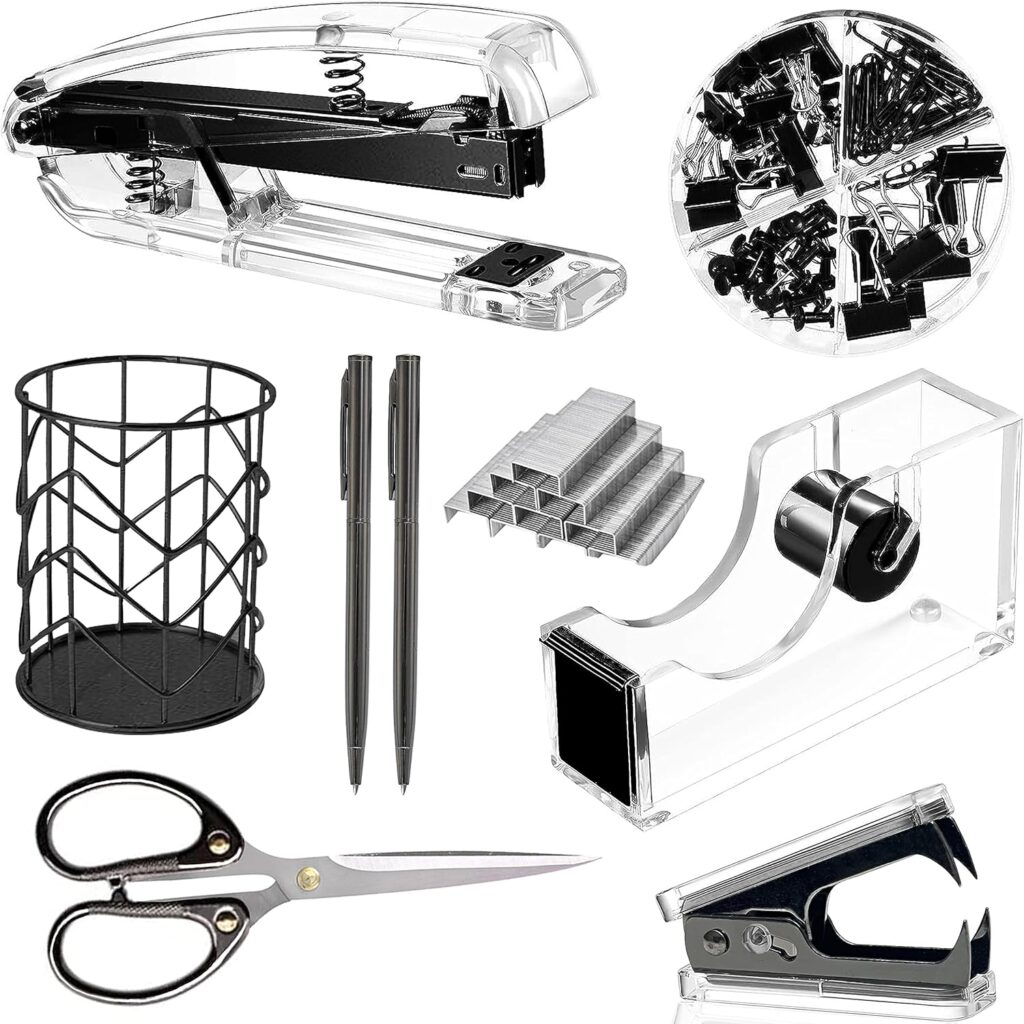
· Mailing Supplies:
- Envelopes
- Address labels
- Packaging tape
· Technology Supplies:
- Printers
- Ink cartridges
- USB drives
- Hard drives
Having a clear and detailed list like this helps streamline the purchasing process and ensures that no essential items are left out.
How to Select the Right Stationery Office Supplies
Choosing the right stationery office supplies is more complex than simply picking items off a shelf. Here are some tips to ensure you make the best choices:
1. Quality and Durability
Opt. for high-quality items that can withstand daily use. Investing in good-quality stationery office supplies costs more upfront but saves money long-term by avoiding frequent replacements.
2. Comfort and Usability
Ensure that items like pens and notebooks are comfortable to use. An ergonomic pen can prevent hand fatigue, while a notebook with smooth paper can enhance the writing experience.
3. Right Fit
Make sure that items like ink cartridges and paper are compatible with your existing equipment. Mismatched products can lead to damage or waste.
4. Environmental Impact
Consider eco-friendly options like recycled paper and refillable pens. These not only reduce environmental impact but can also enhance your company’s reputation as an environmentally conscious business.
5. Price and Value
While it might be tempting to go for the cheapest options, look for products that offer the best value. Sometimes, a slightly more expensive item can last longer and perform better, providing more value over time.
6. Brand Reputation
Choose brands known for their reliability and quality. Reputable brands often provide better warranties and customer support, solving problems quickly if they arise.
Popular Office Stationery Brands and Their Best-Selling Products
Picking the right brand for your stationery office supplies makes a big difference in product quality and lifespan. Here are some popular brands and their best-selling products:
1. Staples
Staples is a household name in office supplies. Their extensive product range covers everything from paper and pens to office furniture. Their top-selling items include:
- Staples 8.5″ x 11″ Copy Paper
- Staples Black Ballpoint Pens
- Staples Stackable Desk Trays
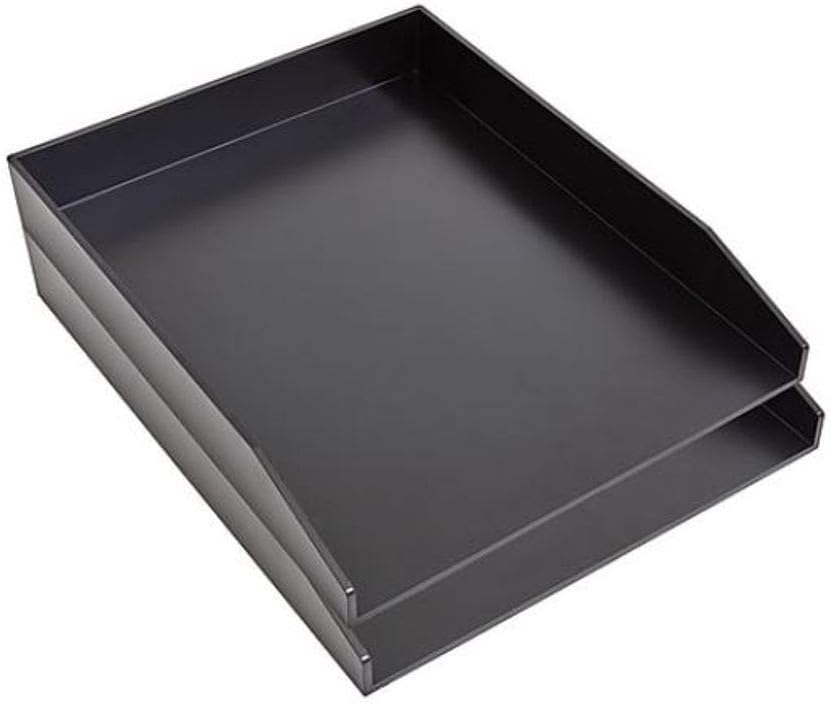
2. 3M
3M is known for its innovative products like sticky notes and adhesives. Their products are versatile and of high quality, making them ideal for both personal and professional use. Best-selling products include:
- 3M Post-it Notes
- 3M Scotch Tape
- 3M Command Hooks
3. Office Depot
Office Depot offers a variety of office supplies at competitive prices. Their products are reliable and suitable for businesses of all sizes. Top products include:
- Office Depot Brand Highlighters
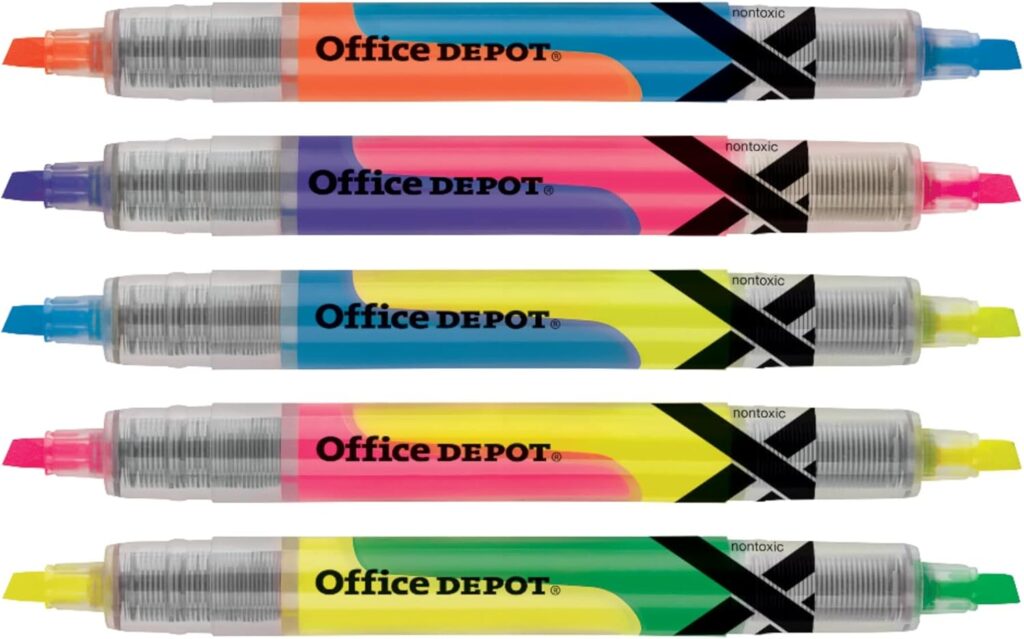
- Office Depot Paper Clips
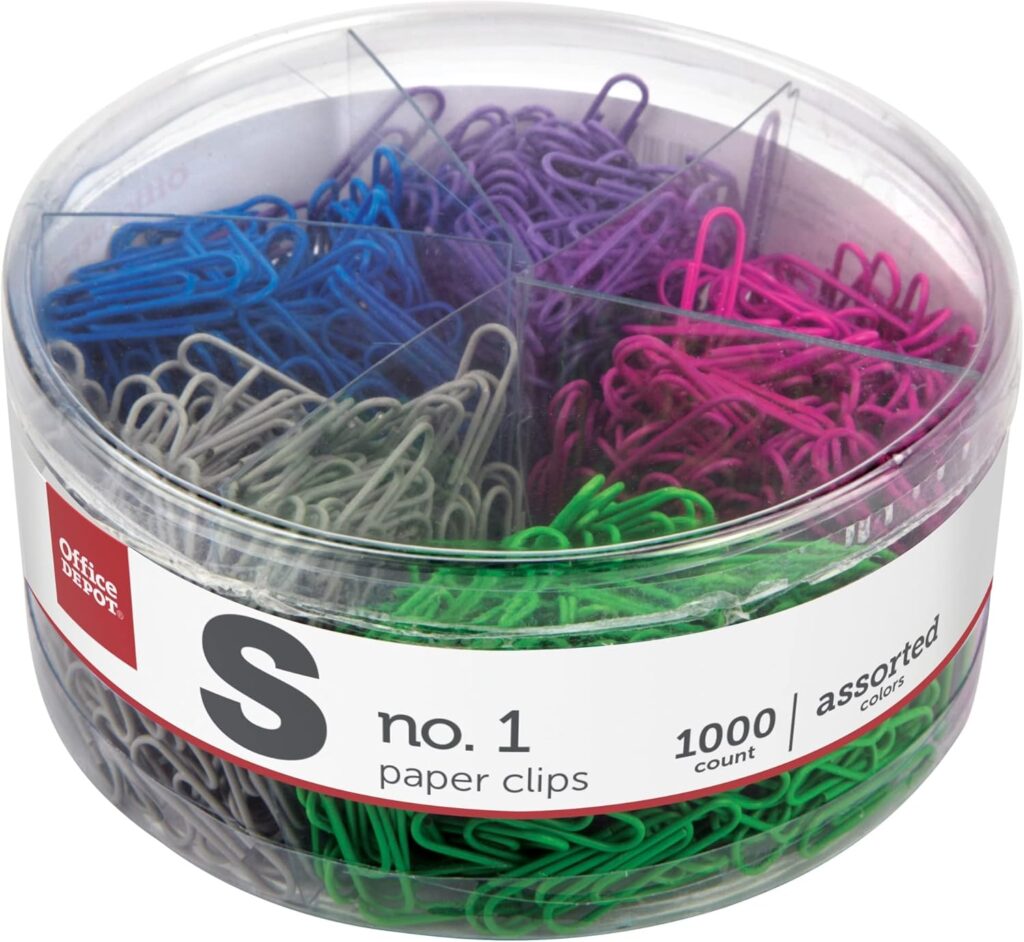
- Office Depot Manila Folders
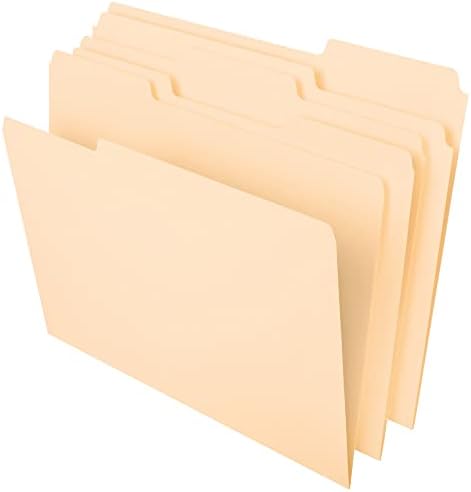
4. Pilot
Pilot is a top choice for writing instruments. Brands like Pilot offer pens known for their smooth writing and long-lasting ink. Best-sellers include:
- Pilot G2 Gel Pens
- Pilot Precise V5 Rolling Ball Pens
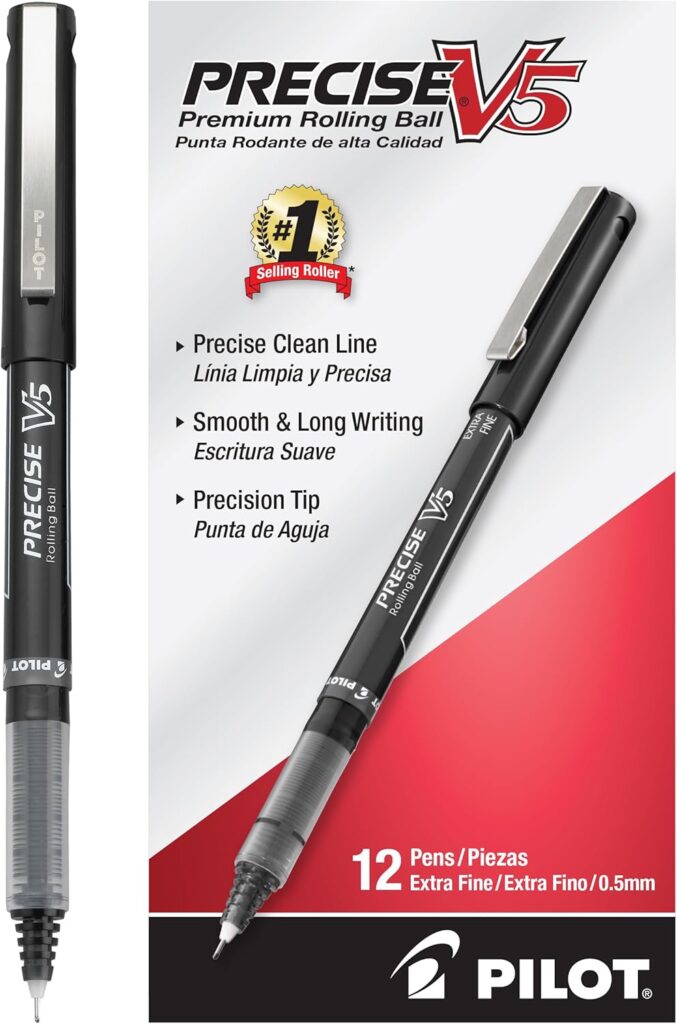
- Pilot Frixion Erasable Pens
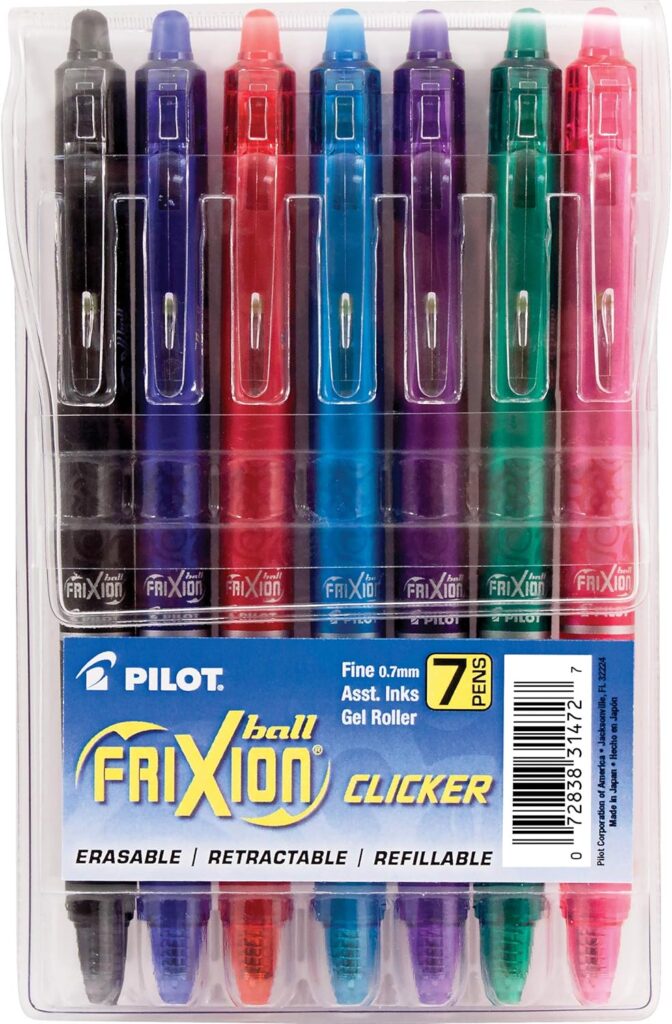
5. Brother
Brother is a trusted brand for printers and related accessories. Brother’s products are efficient and reliable, making them a good choice for office printers and copiers. Top products include:
- Brother All-in-One Laser Printers
- Brother TN450 Toner Cartridges
- Brother Label Makers
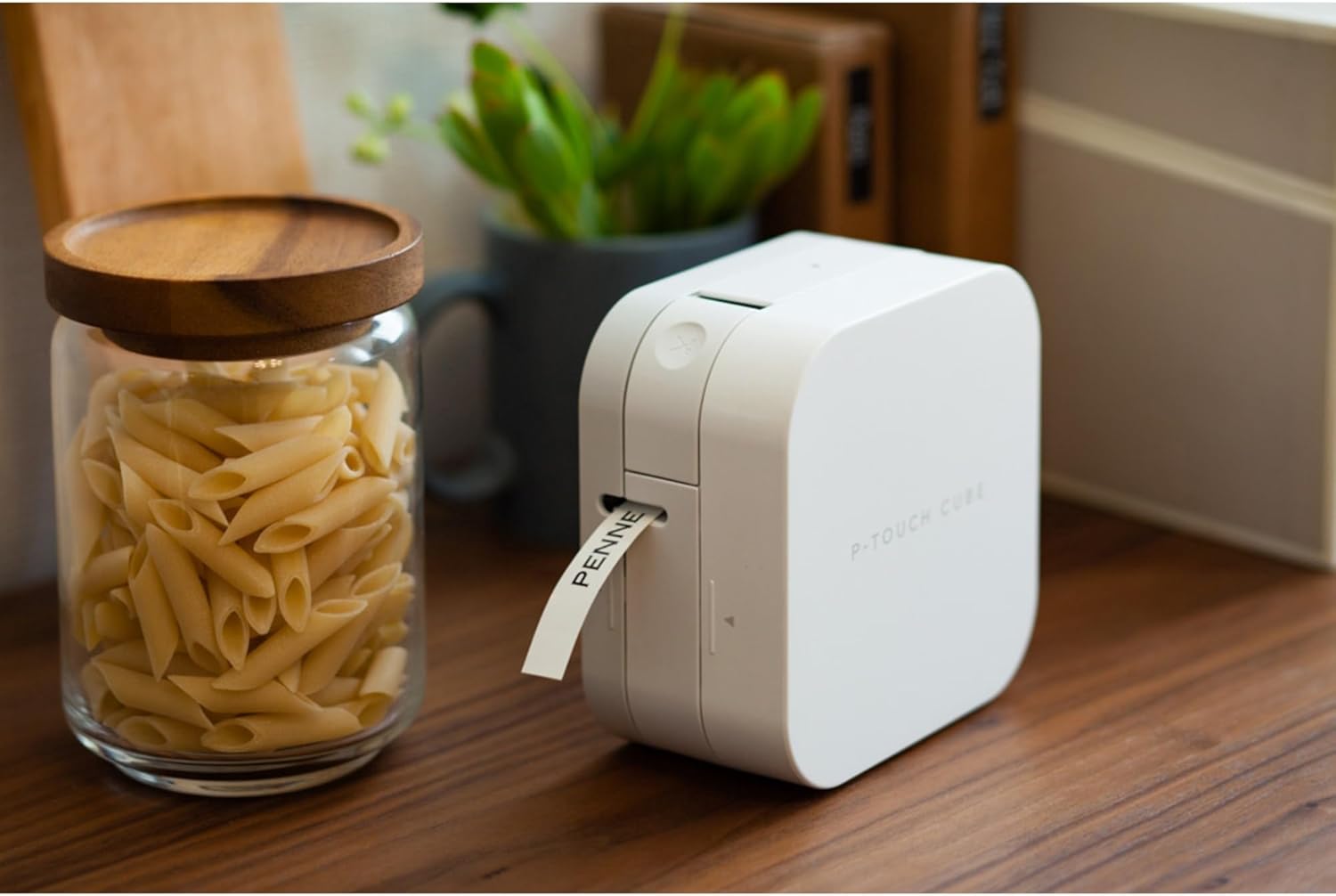
All these brands are known for quality and meeting business needs, making them reliable options for your stationery office items.
Office Stationery Supplies: Organizational Tips
Having a clutter-free and organized workspace is crucial for maintaining productivity. Here are some organizational tips for effectively managing your office stationery supplies:
1. Create Designated Storage Areas
Assign specific areas for different types of supplies. For example, keep all writing instruments in a single drawer and paper products on a designated shelf. This makes it easy to find what you need without rummaging through multiple places.
2. Use Labels and Dividers
Label drawers, cabinets, and storage boxes to indicate what’s inside. Use dividers within drawers to separate different types of supplies. This prevents items from mixing and makes the retrieval process quick and easy.
3. Implement a Supply Tracking System
Keep track of inventory using software or a simple spreadsheet. Track when items are used and when new stationery office supplies are bought. This helps in identifying usage patterns and prevents overstocking or shortages.
4. Encourage Employee Responsibility
Encourage employees to take responsibility for their own supplies. Implement policies that require employees to inform management when certain items are running low. This fosters a sense of ownership and helps keep supplies in check.
5. Schedule Regular Audits
Conduct regular audits to assess supply levels. This tracking system helps the office never run out of essential stationery office items and shows which items are used too quickly or too slowly.
6. Optimize Desk Space
Use desk organizers, pen holders, and document trays to keep individual desks tidy. An organized desk reduces distractions and makes it easier for employees to focus on their tasks.
With these tips, you can maintain a well-organized office space that promotes productivity and professionalism.
Best Practices for Managing Office Supplies Inventory
Managing office supplies inventory is a crucial aspect of office administration. Here are some best practices to follow:
1. Set Minimum Stock Levels
Establish minimum stock levels for frequently used items. When inventory falls below this level, it triggers an automatic reorder. This prevents shortages and ensures a steady supply of essential items.
2. Centralize Supply Management
Assign a single person or a small team to manage all office supplies. Assigning a person or team to manage all stationery and office supplies makes sure that orders are placed consistently.
3. Use Inventory Management Software
Invest in inventory management software to streamline tracking and ordering. This software can generate reports, track usage trends, and even place automatic orders when supplies are low.
4. Conduct Periodic Reviews
Regularly review your inventory to identify items that are not being used. This helps in removing unnecessary purchases and reduces waste.
5. Negotiate with Suppliers
Build strong relationships with suppliers to get the best deals. Negotiate for bulk discounts, loyalty rewards, or flexible payment terms. This can significantly reduce overall costs.
6. Implement a First-In-First-Out (FIFO) System
Use the FIFO system to ensure that older supplies are used before new ones. This is especially important for items with a limited shelf life, like ink cartridges.
7. Establish Usage Policies
Create policies that regulate how supplies are used. For example, implement a system where employees need to request certain items from the supply manager. Setting rules for using stationery in office reduces waste and ensures that items are used only when needed.
By following these best practices, you can ensure that your office supply management is efficient and cost-effective.
Office Stationery Supplies List for Specific Departments
When organizing office stationery supplies, it’s important to create a list based on each department’s needs. Different teams within an organization have For example, the Human Resources (HR) department needs personnel folders and appointment scheduling tools, while the Finance team needs calculators and ledger books. Below is a detailed overview of how to create an effective stationery office supplies list for different departments:
Human Resources Department
The Human Resources (HR) department is responsible for managing employee relations, recruitment, and documentation. As such, it requires specific office stationery items that facilitate these tasks. Here’s a list of essential HR stationery office supplies:
· Employee Files and Folders:
These are used for maintaining employee records, including personal details, performance reviews, and salary history. Having organized folders for each employee helps in easy retrieval of information when needed.
· Payroll Ledgers:
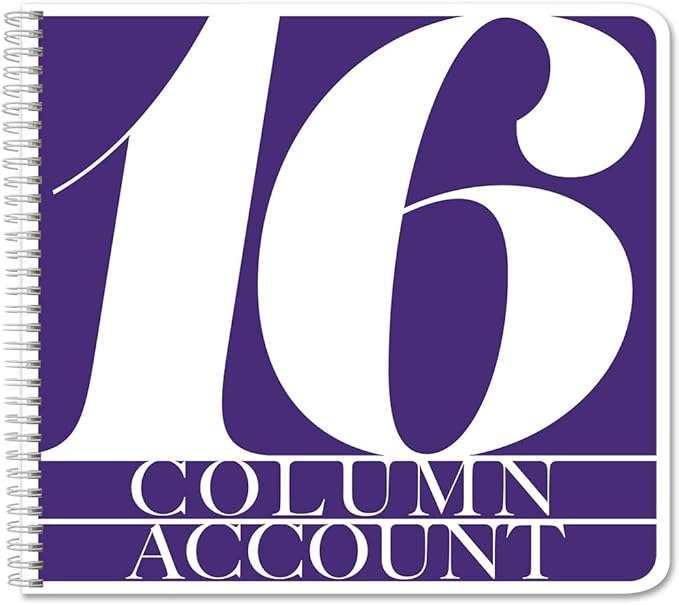
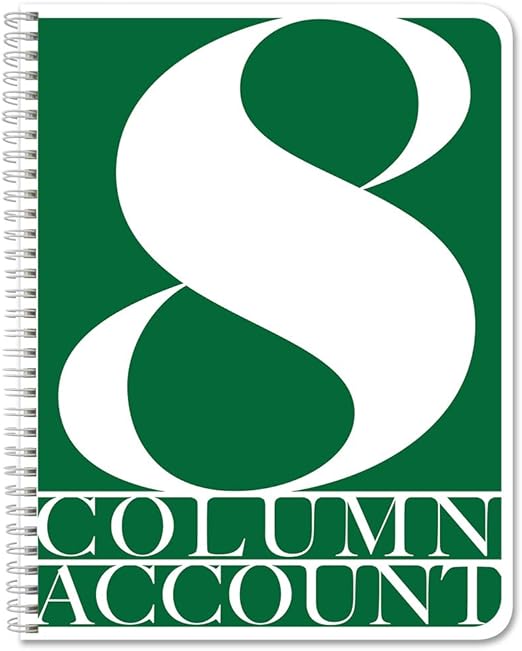
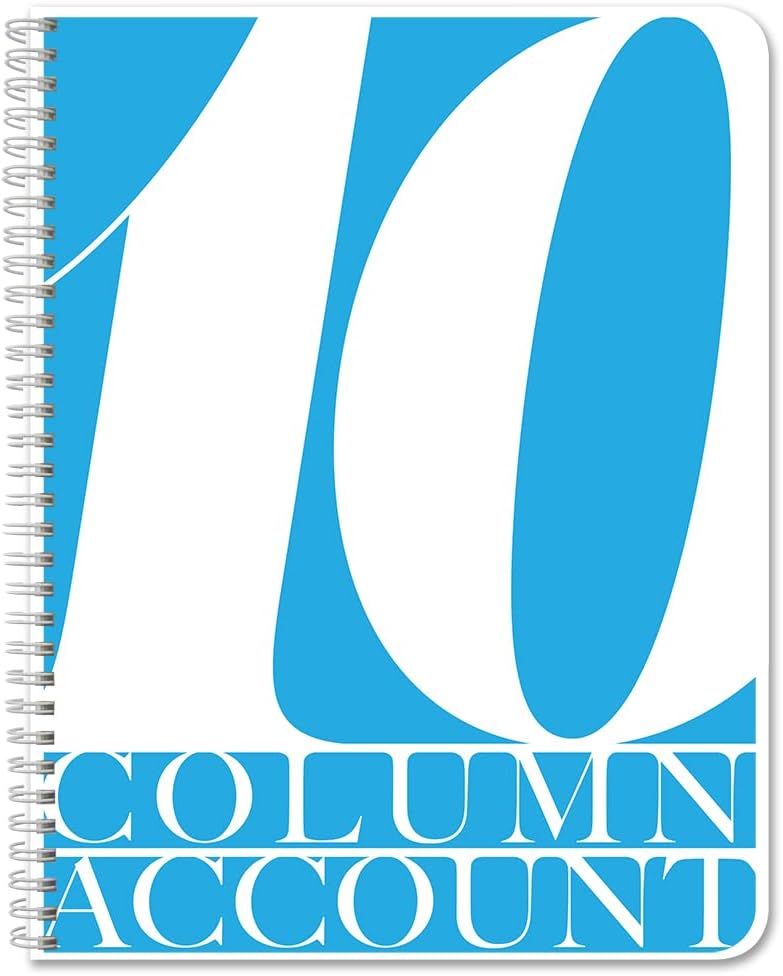
Payroll ledgers help HR keep track of employee salaries, bonuses, and deductions. Maintaining accurate payroll records is essential for compliance and transparency. These amazon ledgers are available with 2, 3, 4, 5, 6, 8, 12, 13, 16 columns.
· Appointment Scheduling Tools:
HR often handles interviews and meetings with employees and new candidates. Scheduling tools like planners, calendars, or digital software keep appointments organized and on track.
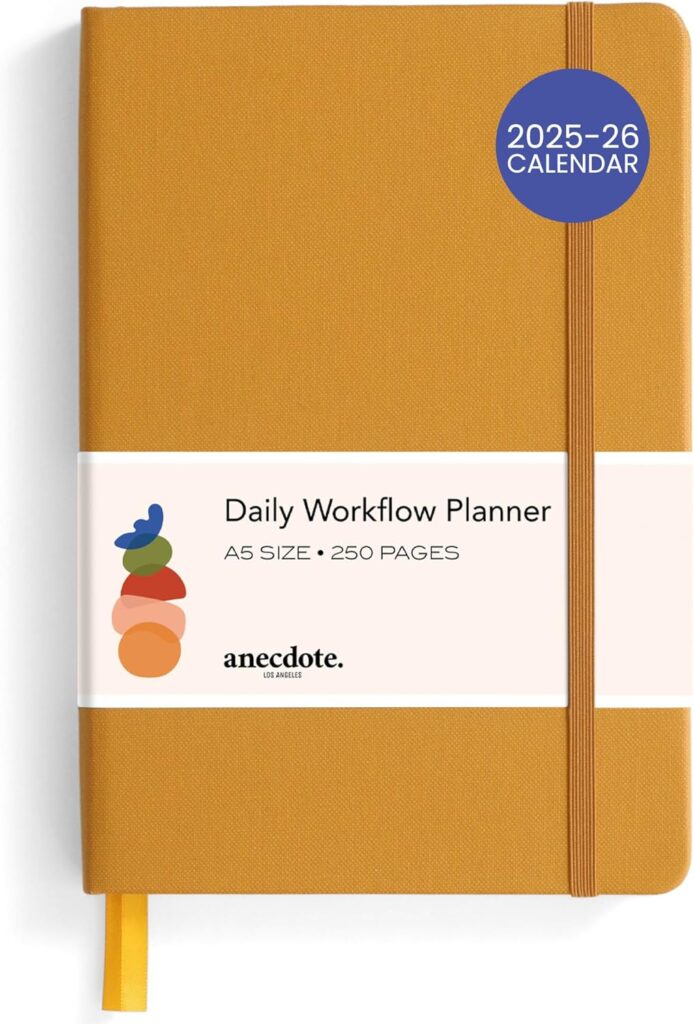
· Notepads and Pens:
Basic stationery office supplies like notepads and pens are used in meetings, interviews, and discussions to take quick notes.
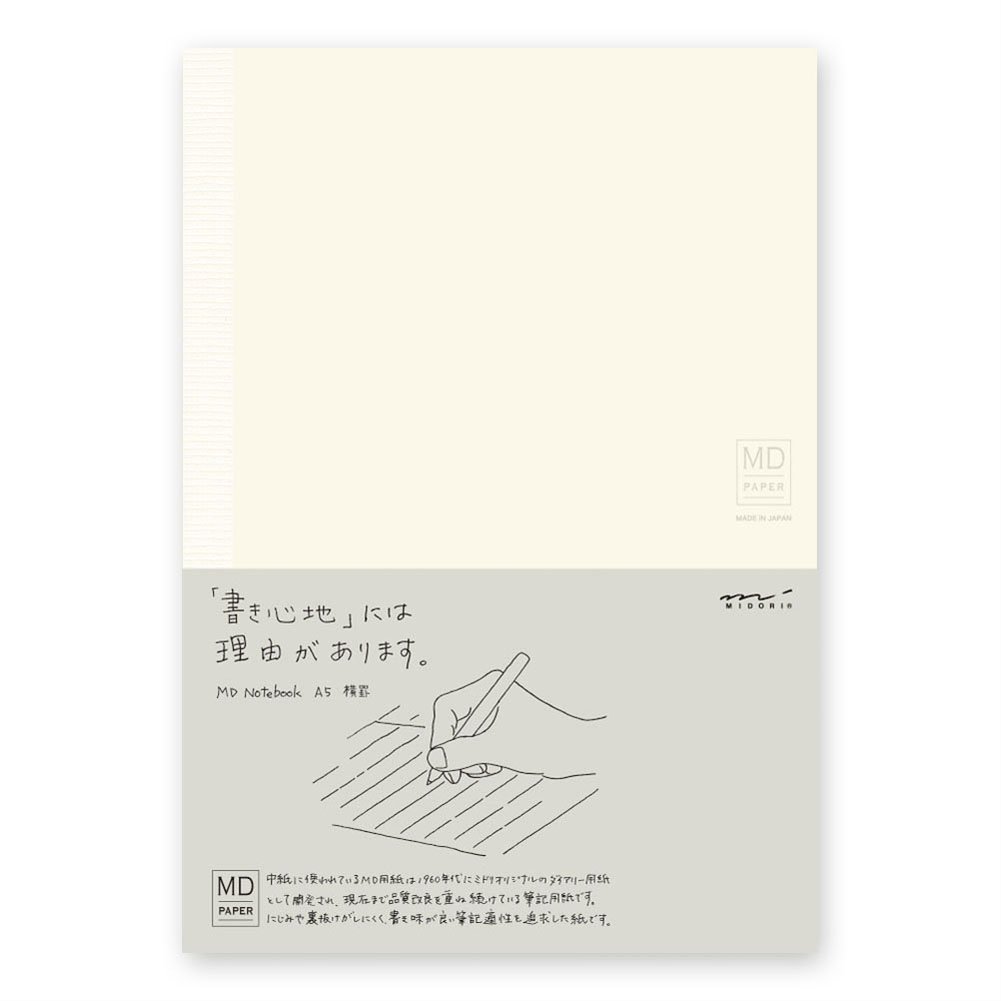
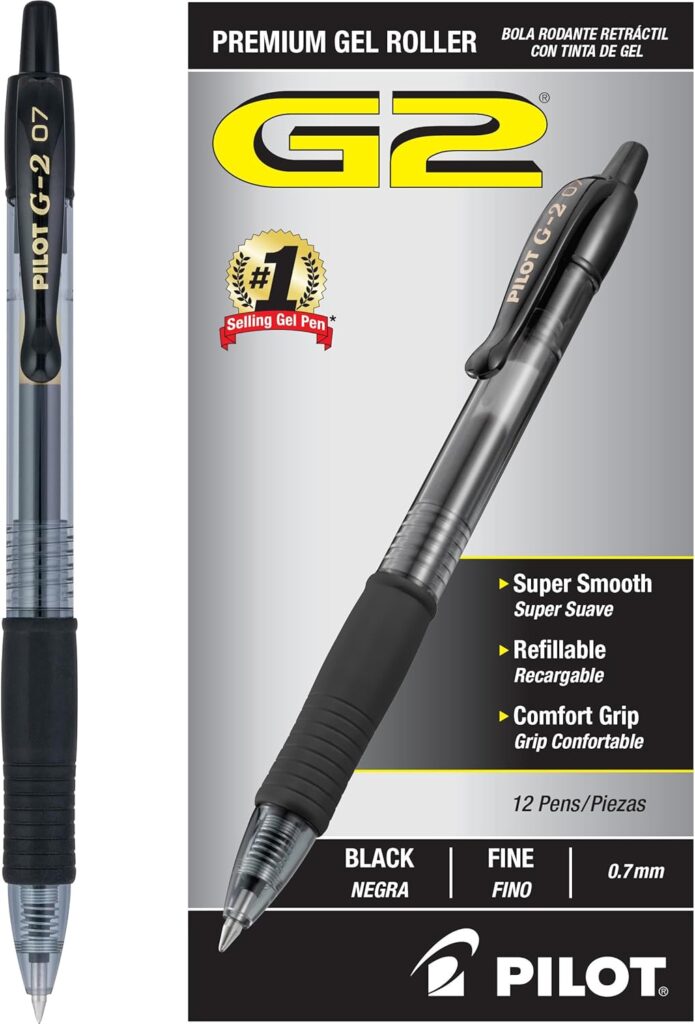
· Sticky Notes and Markers:
HR often handles several tasks at once, making sticky notes useful for reminders and to-do lists. Markers are great for brainstorming on whiteboards and for team meetings.
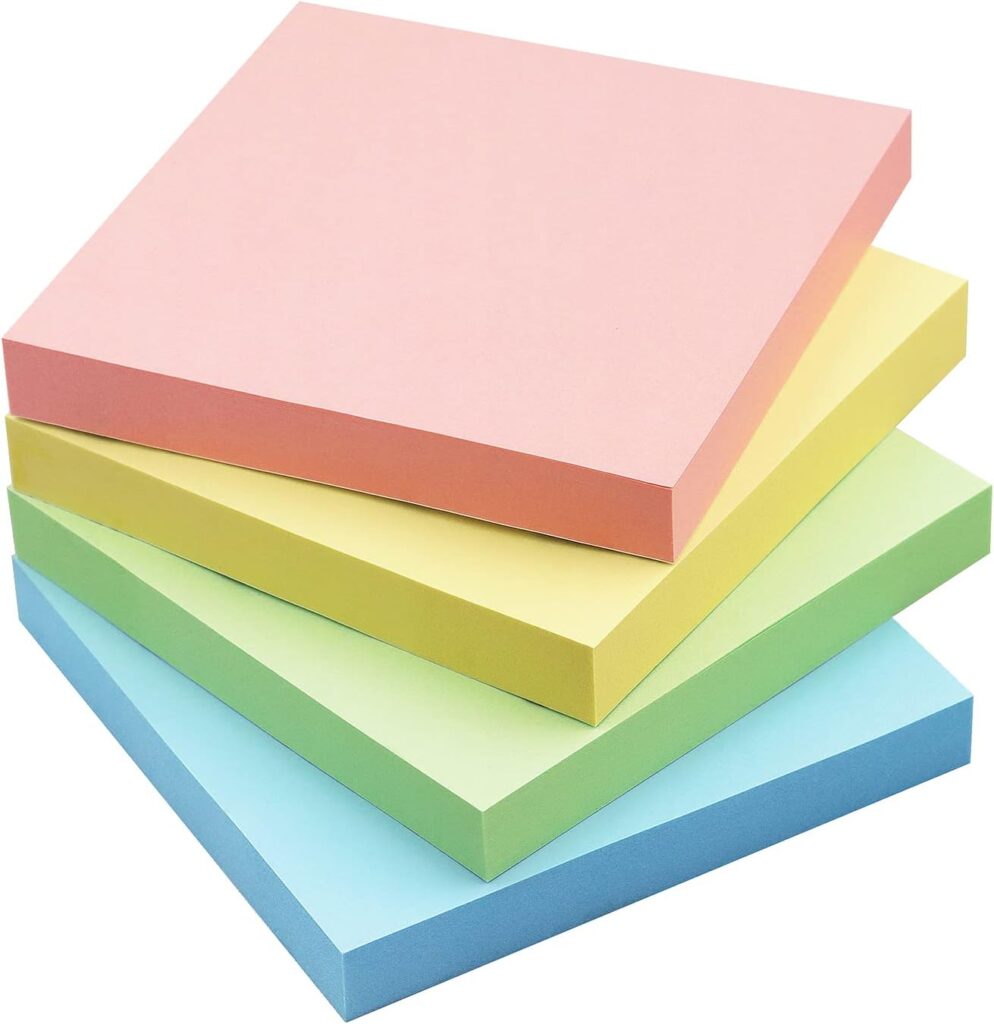
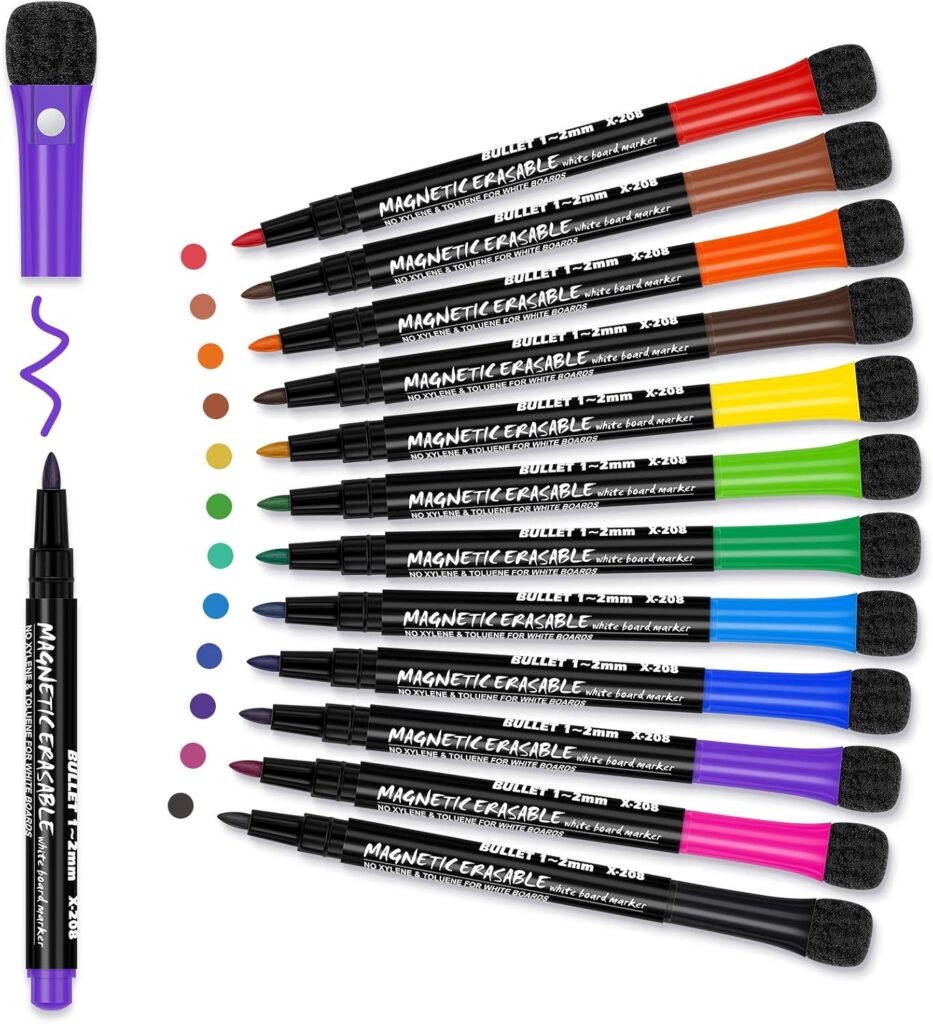
Tailoring the list of office stationery supplies for HR makes it easier for them to handle employee relations and tasks.
Finance Department
The Finance department manages company funds, financial records, and budgeting. Having the right stationery office supplies is critical to maintaining accuracy and efficiency. Below is a list of stationery items specific to the Finance department:
· Calculators:
Financial calculations are a daily task for the Finance team. Having a reliable calculator helps speed up computations and ensures accuracy in budgeting and reporting.
· Ledger Books:
Ledger books are essential for recording financial transactions. They allow for a systematic record of accounts payable, receivable, and other financial data.
· Highlighters and Markers:
Highlighters are useful for marking important financial data, invoices, and reports. Highlighters in different colors can be used to indicate various transaction types or priority levels.
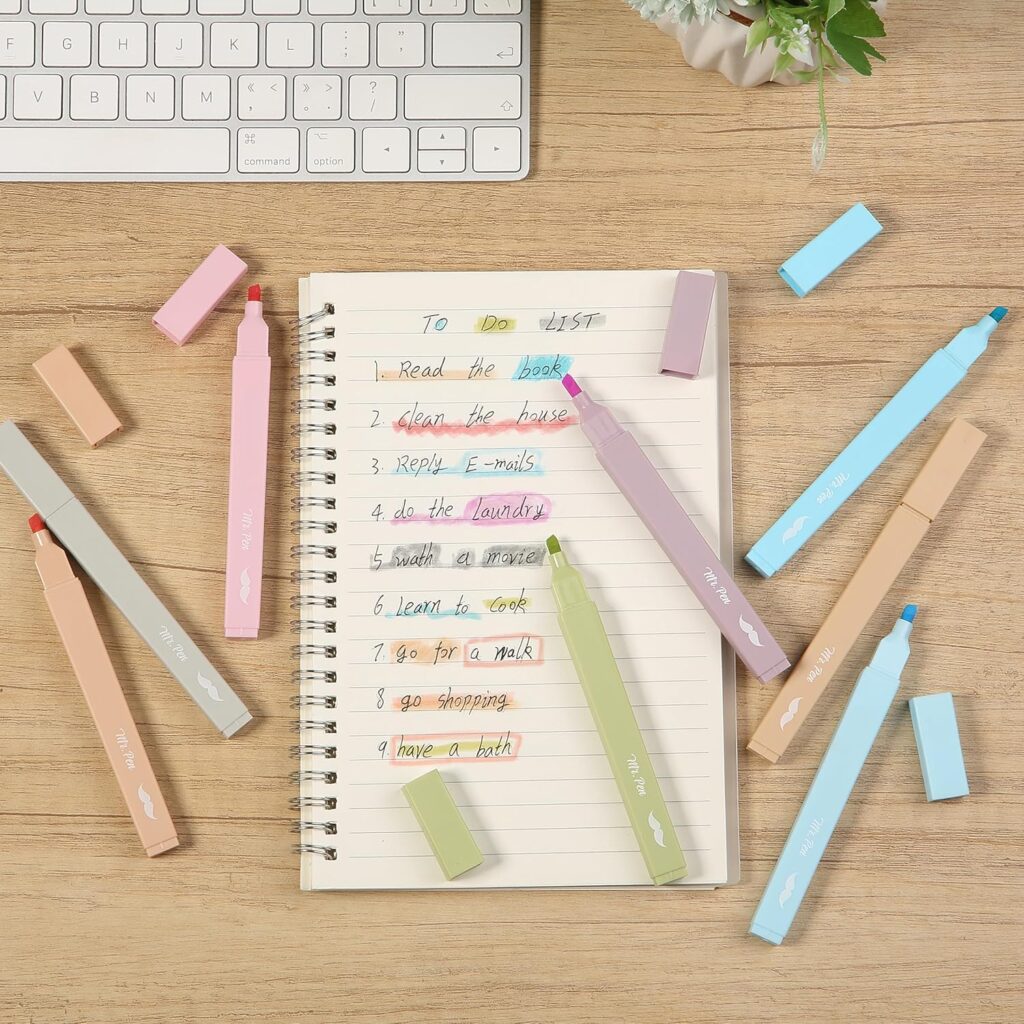
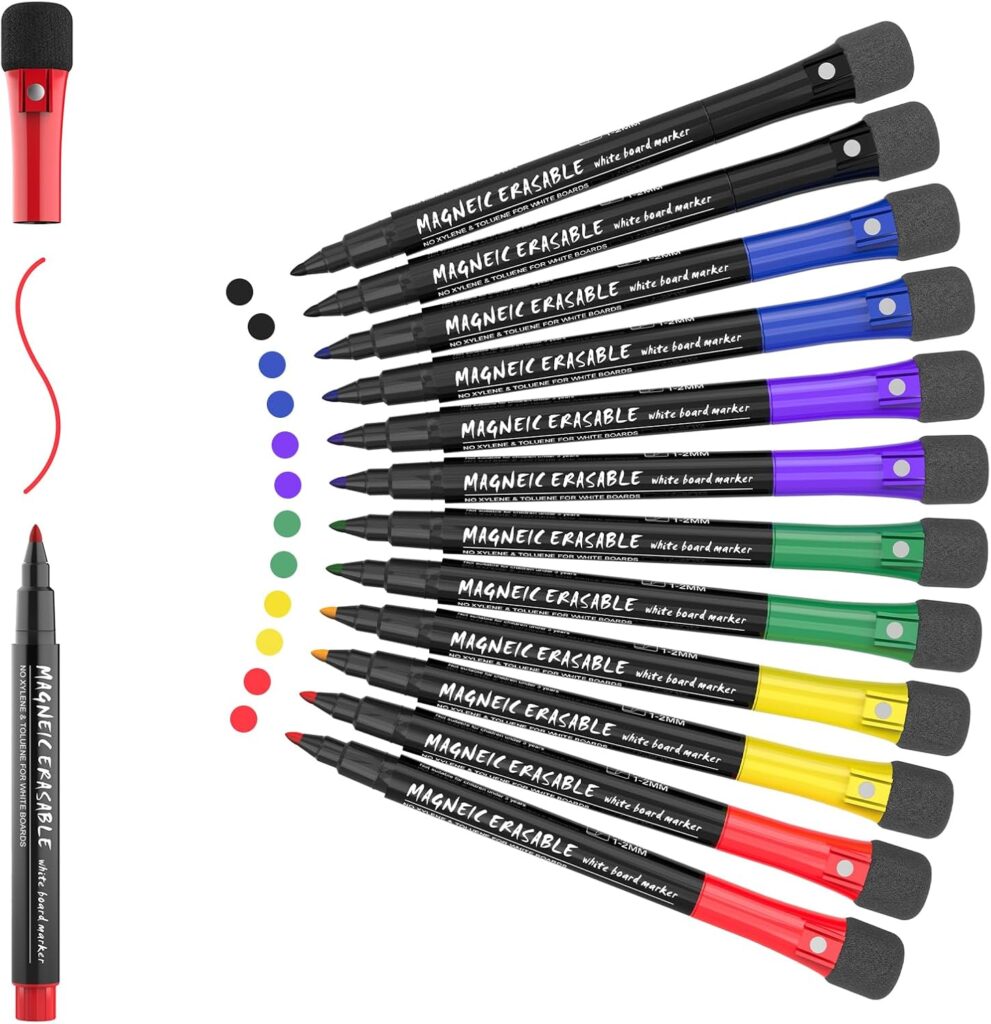
· Binders and Folders:
These help keep financial records and reports organized. Group related documents in labeled folders and binders to make them easy to find during audits.
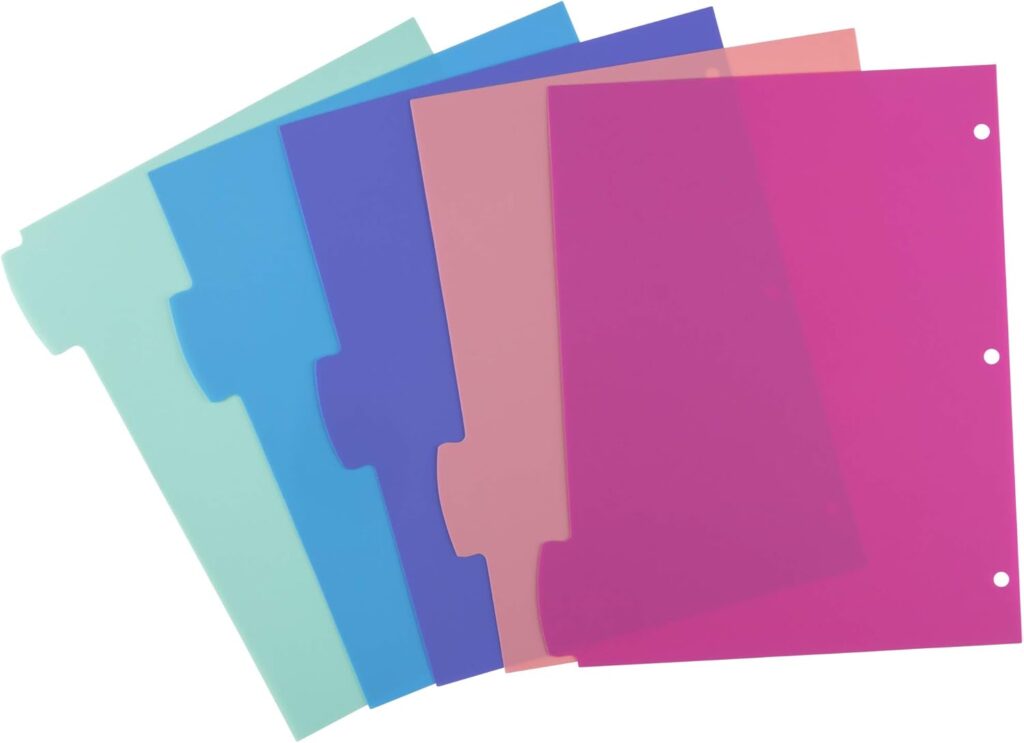

· File Labels and Dividers:
These folders and labels help track financial information like expenses, revenue, and taxes.
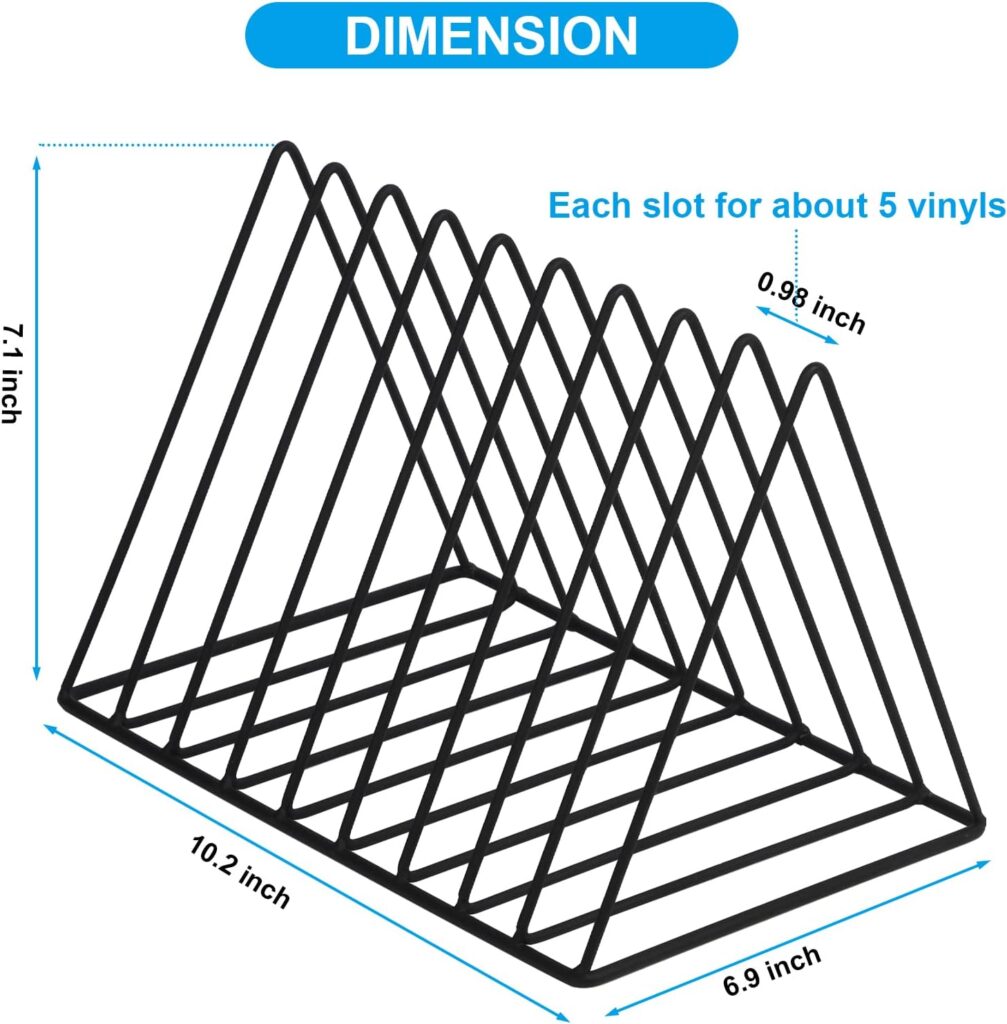

Equipping the Finance department with the right office stationery supplies helps maintain efficiency, accuracy, and organization in managing the company’s finances.
Marketing Department
The Marketing department is a hub of creativity and strategic planning. Stationery office supplies play an essential role in helping marketers brainstorm ideas, organize campaigns, and prepare presentations. Here’s a list of key stationery items for the Marketing team:
· Presentation Folders:
These are used for client meetings, pitch presentations, and sharing marketing collateral. Presentation folders help keep materials organized and make a professional impression during meetings.
· Whiteboards and Markers:
Whiteboards are essential in marketing brainstorming sessions. They provide a space to visualize ideas, strategies, and workflows. Markers in different colors add clarity to the discussions.

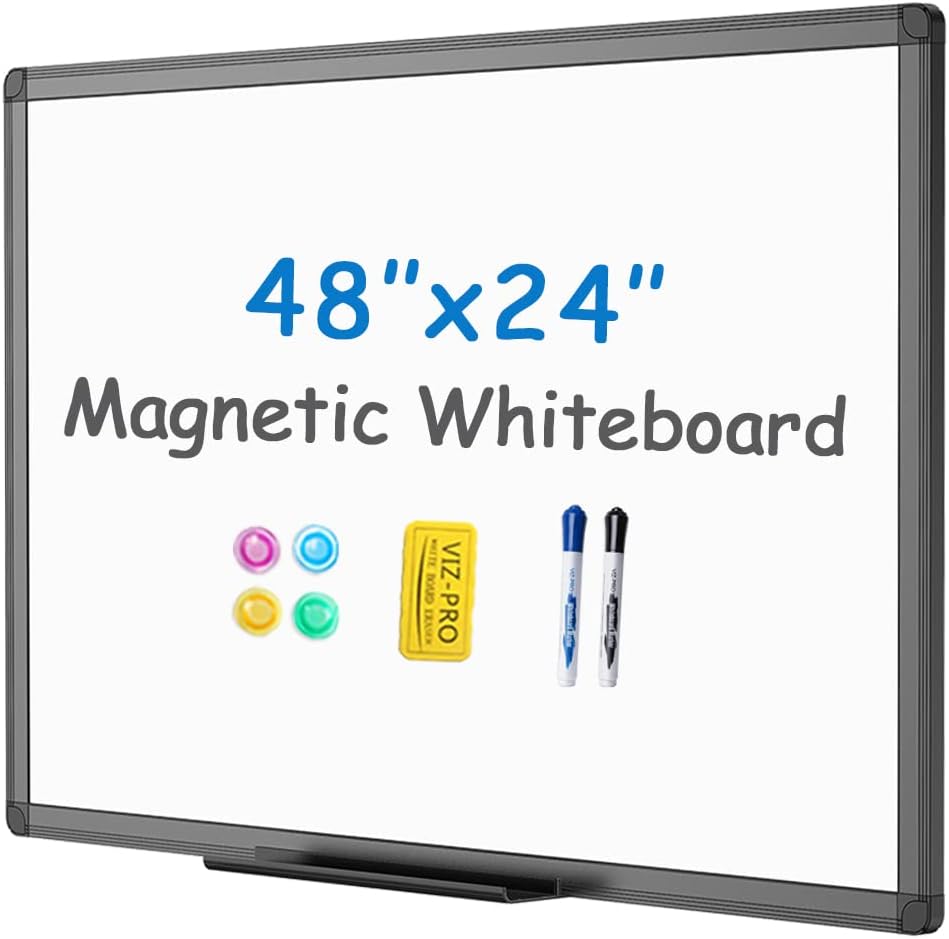
· Pens and Notebooks:
The Marketing team uses pens and notebooks to brainstorm, plan campaigns, and note down ideas. Choosing high-quality pens ensures smooth writing, while notebooks with spacious layouts help in organizing thoughts.


· Sticky Notes and Page Flags:
Sticky notes help with quick reminders, marking pages in documents, and outlining campaign strategies. Page flags help highlight specific sections of marketing plans or reports.


· Brochure Holders:
Marketing often involves sharing promotional materials. Brochure holders keep these materials organized and readily available for distribution during events or client meetings.
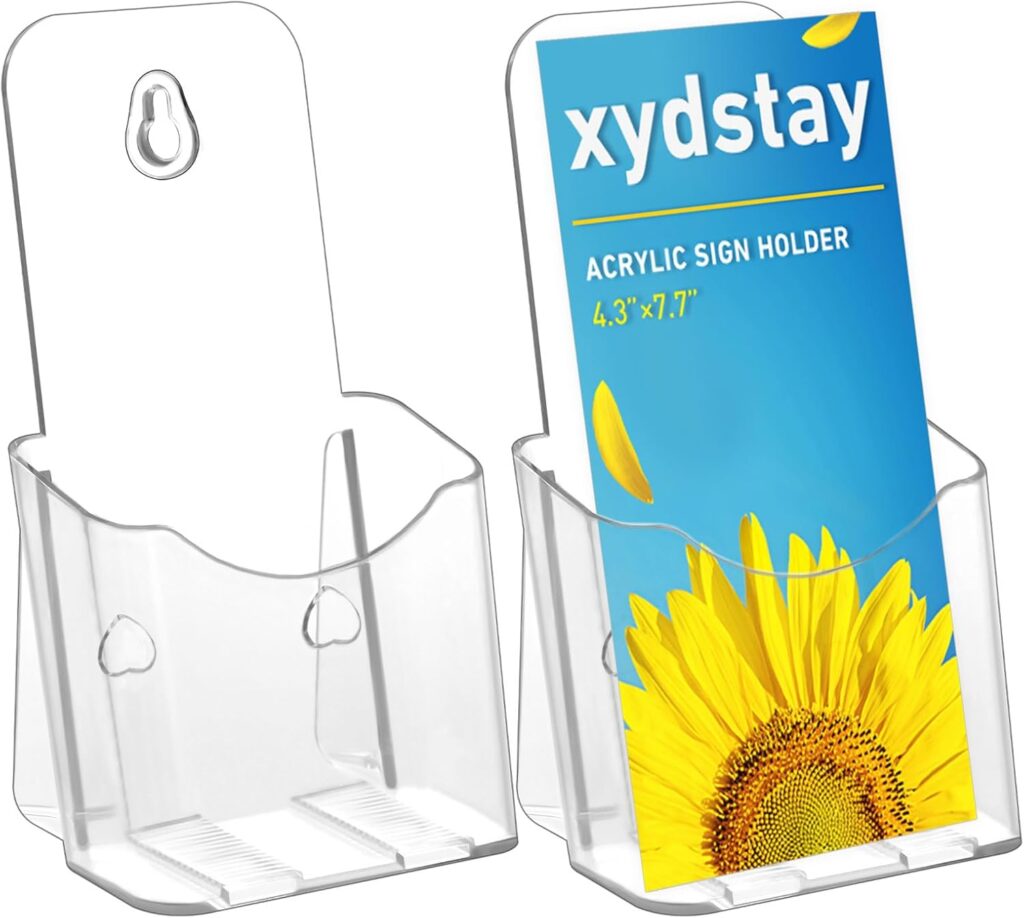
Customizing the office stationery supplies list for the Marketing department ensures that the team has everything they need to support creativity, collaboration, and communication.
Aligning the office stationery supplies list with the needs of each department creates a more efficient work environment.
FAQs: Frequently Asked Questions About Stationery Office Supplies
Understanding all stationery and office supplies and how to use them boosts office productivity. Below are answers to some frequently asked questions (FAQs) about office stationery supplies:
What are stationery and office supplies?
Stationery and office supplies are the tools and materials used in an office environment to carry out everyday tasks. They include writing instruments, paper products, organizational tools, and desk accessories that support productivity and organization.
What is an example of office stationery?
Examples of office stationery include pens, notepads, and paper clips. Stationery items like pens, notepads, and paper clips are used for writing, taking notes, and keeping documents organized.
Why are office supplies called stationery?
The term “stationery” historically referred to products sold by stationers, who specialized in paper and writing-related items. Today, it broadly encompasses all items used for office work.
What is an example of office supplies?
Office supplies can include anything from printers and calculators to file folders and staplers. They are essential for performing various office-related tasks.
What falls under office supplies?
Stationery office supplies include paper, pens, printers, ink cartridges, folders, and technology equipment like copiers and scanners. They are tools that support daily office operations.
What is the most popular office supply?
Pens are the most popular stationery office items because almost everyone uses them for writing and signing.
Why do we need office supplies?
Office supplies are necessary for carrying out day-to-day tasks such as documentation, communication, and organization. Without them, basic office operations would become inefficient and hard to handle.
Is a laptop an office supply?
Yes, laptops are part of office stationery items because they are essential tools for documentation, communication, and internet access.
Who uses office supplies?
Stationery in office is used by employees, managers, administrative staff, and anyone working in the business. They are fundamental tools for performing a variety of tasks.
How to make a list of office supplies?
Start by assessing your office’s needs and the specific requirements of each department. Categorize items into writing tools, paper products, organizational supplies, and technology-related items. Regularly review and update the list based on usage patterns and changing needs.
Making a well-thought-out office stationery supplies list helps businesses stay organized and efficient.
Conclusion
Stationery office supplies are essential for any business, contributing to productivity, organization, and overall efficiency. A complete office stationery supplies list ensures employees have the right tools for every task, supporting a productive and successful work environment. Use this guide to optimize your office supply management and create a workspace that fosters productivity and success.
